Last week an elderly caller was distraught that routine lawn mowing had disturbed a rabbit nest and killed one of the young ones. Based on the description of the rabbits, I suspected they were actually independent young juveniles who were probably still using the nest as a safety zone for daytime naps. But the caller lived in a bad area of town and was worried about the safety of the surviving sibs, so…what the heck? All they’d probably need was overnight observation to ensure they were actually eating, and then a quick release.
Sure enough, these were fat, healthy juvies who were ready to go the next morning. Rabbits have only a 10% survival rate in rehab because they’re such stressy little buggers, so on the rare occasions I take them in, I breathe a huge sigh of relief when I can release them quickly.
· QUICK TIP: If a “baby” rabbit will cover approximately half a dollar bill, it’s old enough to be on its own unless injured.
I know it’s not a popular topic, but let’s discuss euthanasia for a moment: Obviously, no one enjoys having to put down animals, especially those whose injuries have healed in the wild but leave them unreleasable because they’ll compromise the animal’s ability to survive. However—and this is a BIG “however”—if the animal cannot be used for educational purposes, i.e., an ed bird, it must by law be euthanized. And rehabbers worth their salt understand and accept this.
Sometimes the nature of the injury will prevent an animal’s use for educational purposes; sometimes its temperament will. Sometimes it’s a simple matter of educational facilities having a full complement of that species already, as is often the case with RTs.
And there are humane, quality-of-life issues to ponder, as well. Renowned Canadian owl rehabber Kate McKeever summed it up nicely she when pointed out that wild animals crave freedom to the point that if they’re offered the option of life in captivity or freedom and sure death, they will choose freedom and sure death. Can you blame them? (And I know educational birds at wildlife centers have spacious cages, enrichment activities, etc. I’m not knocking wildlife centers who have ed birds and other ed critters. But these centers have budgets and staff that home-based rehabbers don’t have that allow them to provide quality lives to their nonreleasable ed birds.)
So yes, it sucks to have to euthanize an otherwise healthy bird whose wing broke and healed badly in the wild. But I’ve watched this girl in the flight pen for the past couple of days; I can see the longing in her eyes to be free, to soar in the skies—which she’ll never be able to do again. But if I opened the flight pen door and gave her the option, she would choose freedom and death over life in a cage. Sadly, the only freedom I can offer her—the only “release” available—is euthanasia.
While the severity of the damage warranted use of my home-EU chamber, the snapper was slightly too wide to fit, necessitating a trip to Smalley’s Animal Hospital, where vet Jim Hobby performed the euthanasia. As badly damaged as the poor snapper was—he was basically dead and didn’t know it—he fought tooth and nail. You’ve got to admire an animal that will still struggle to live when it’s that mortally injured…
Because his face was pretty messed up and some of you non-rehabbers are a bit on the squeamish side, I’m placing most of the snapper photos after the warning below.
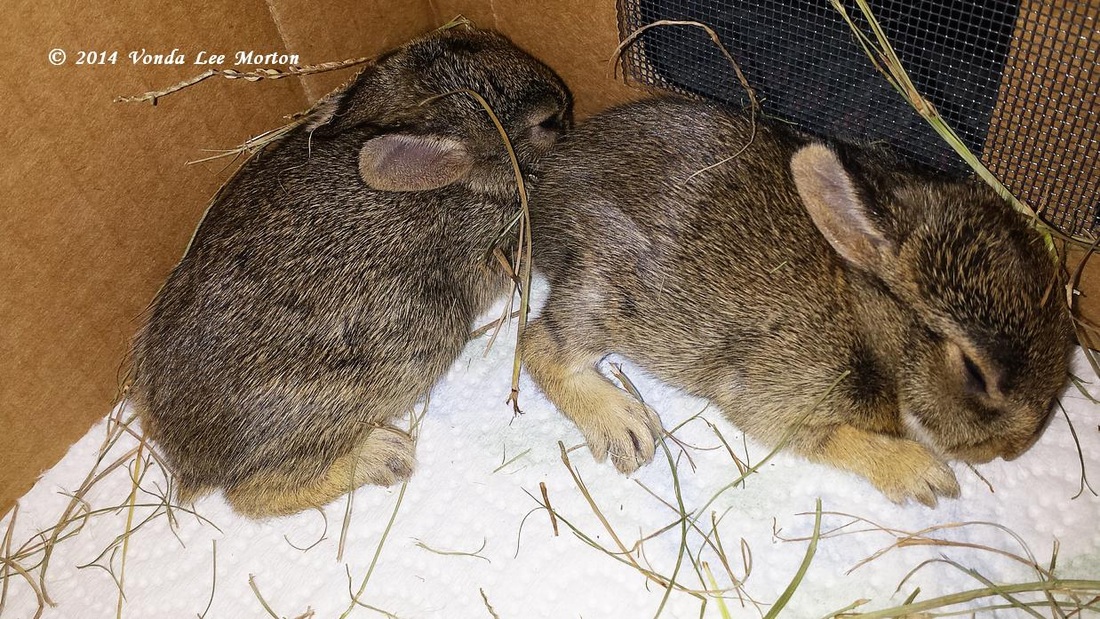
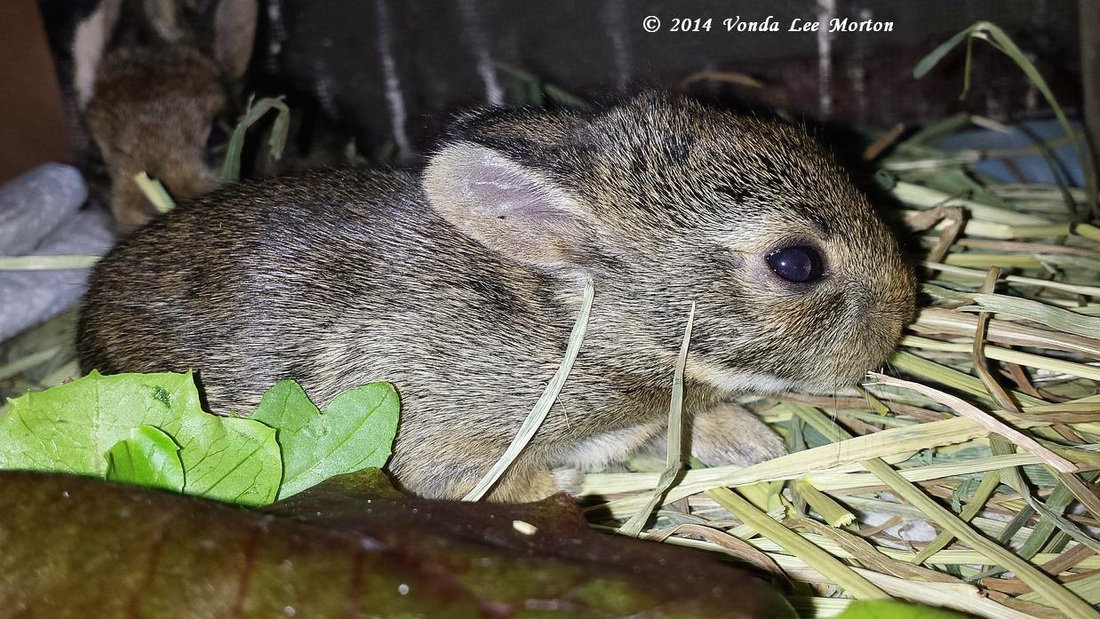
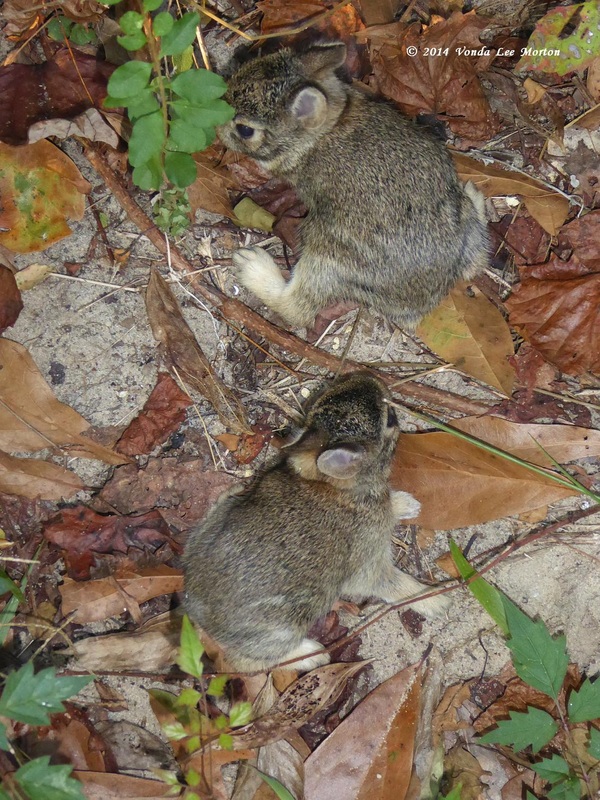
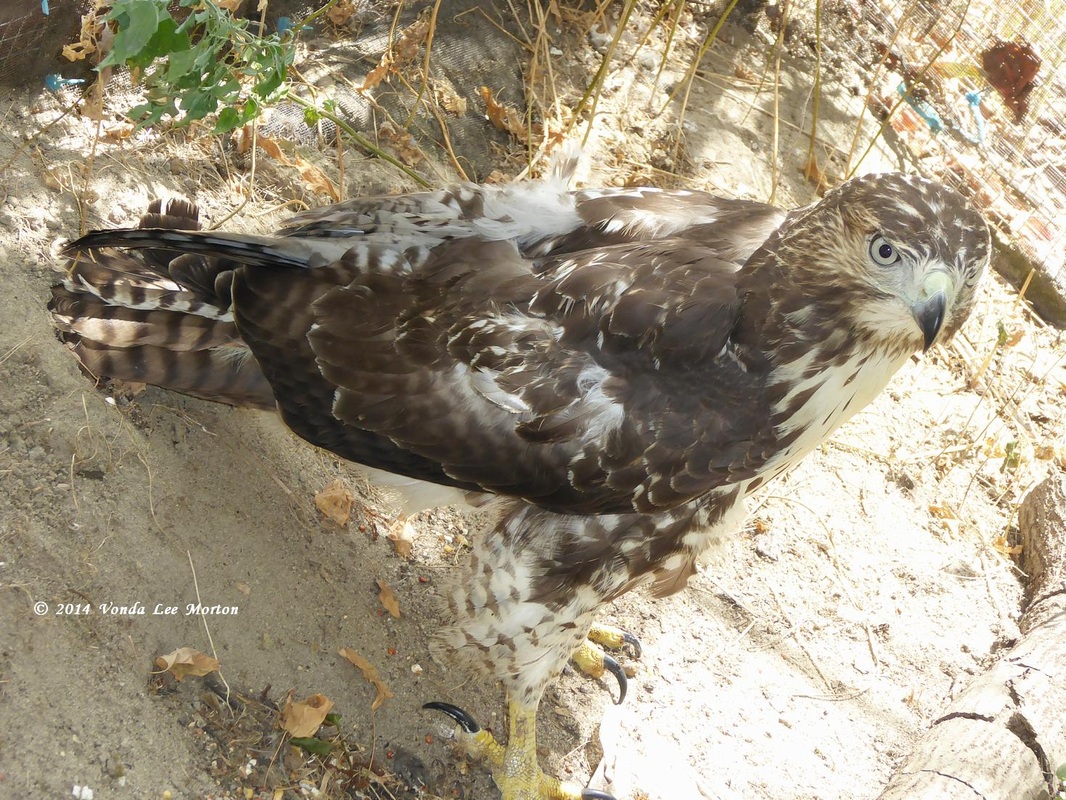
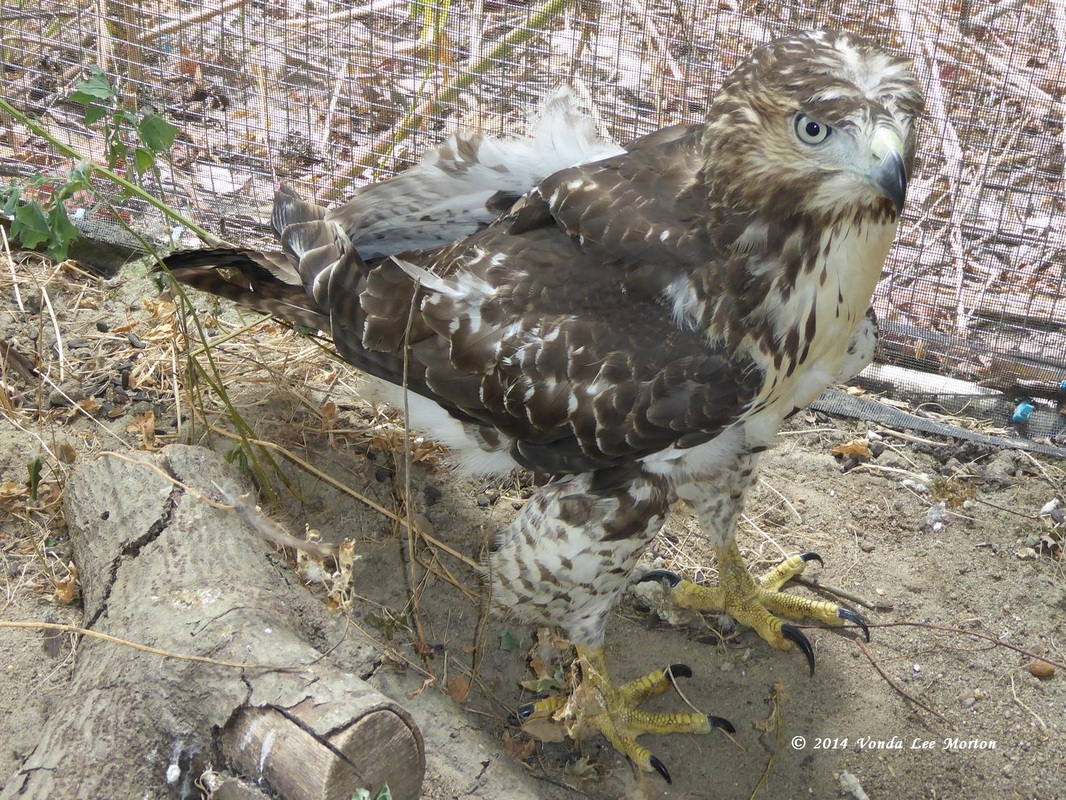
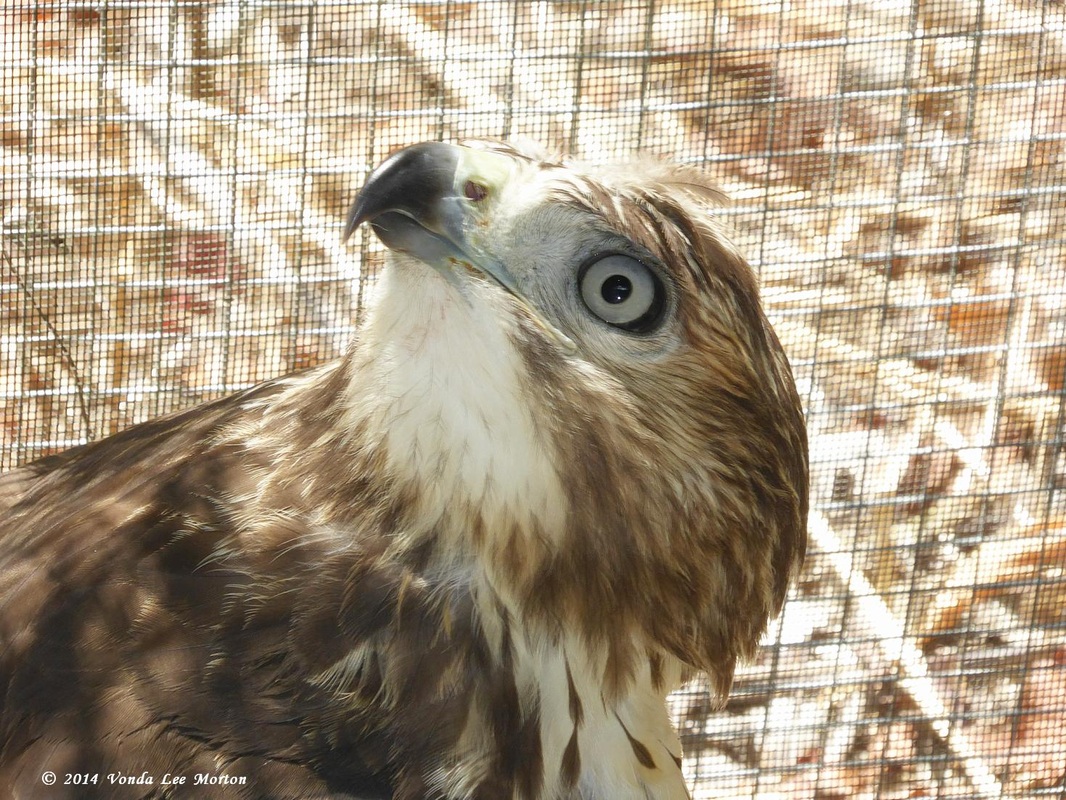
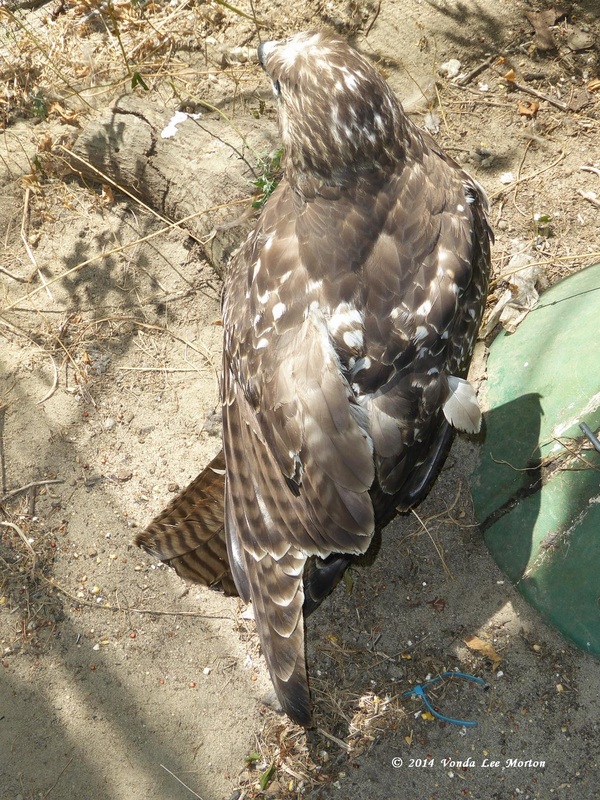
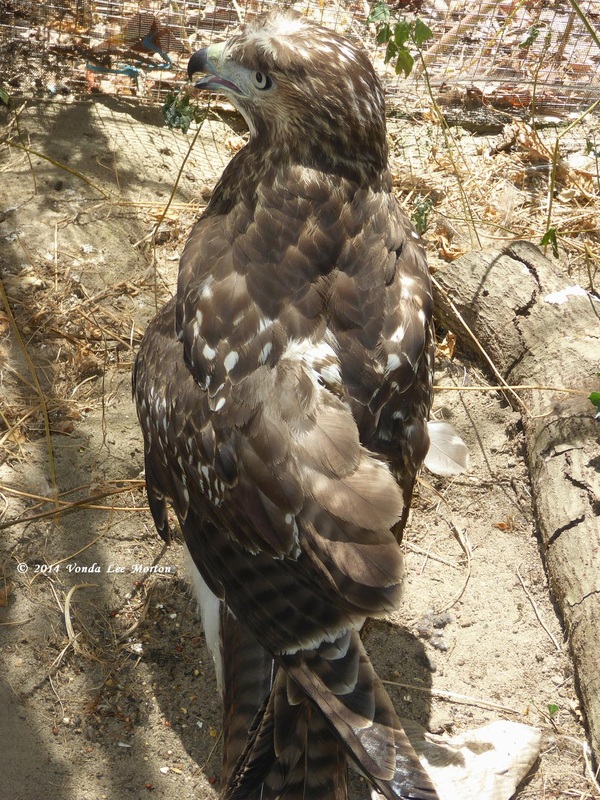
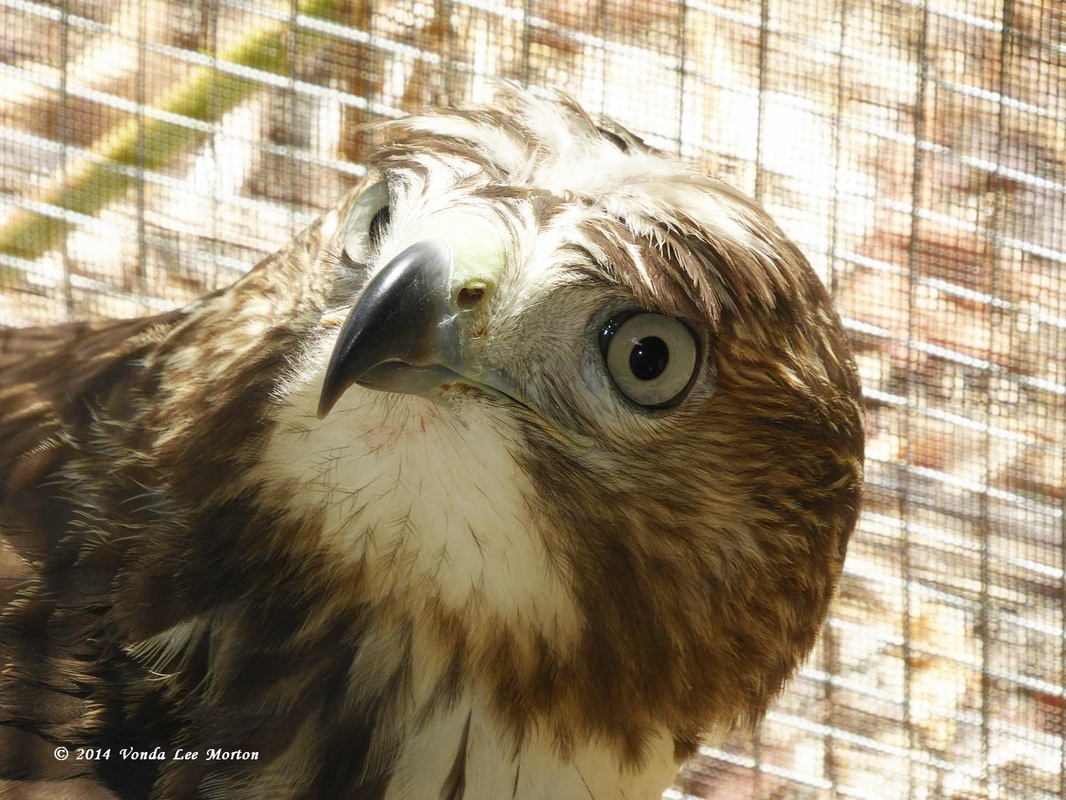
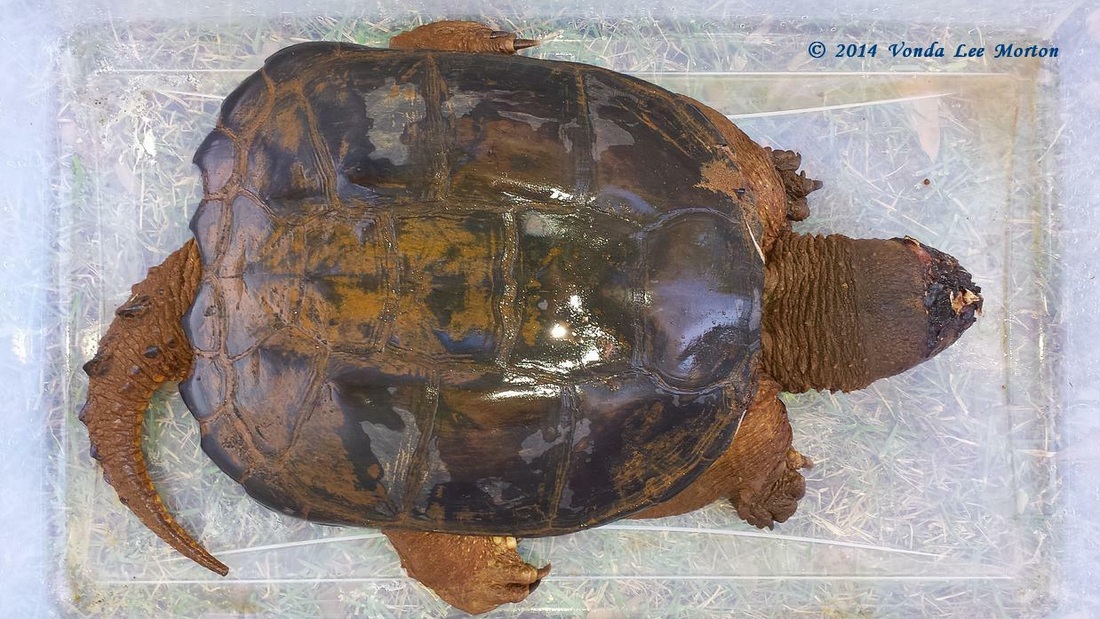
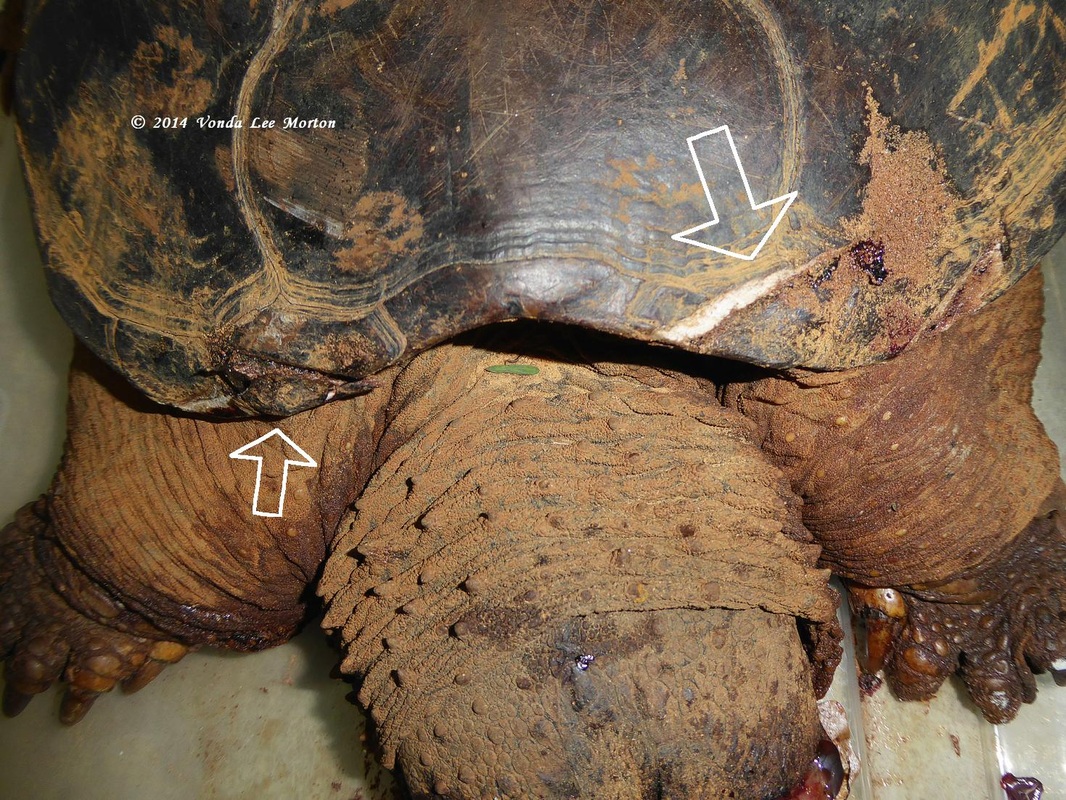
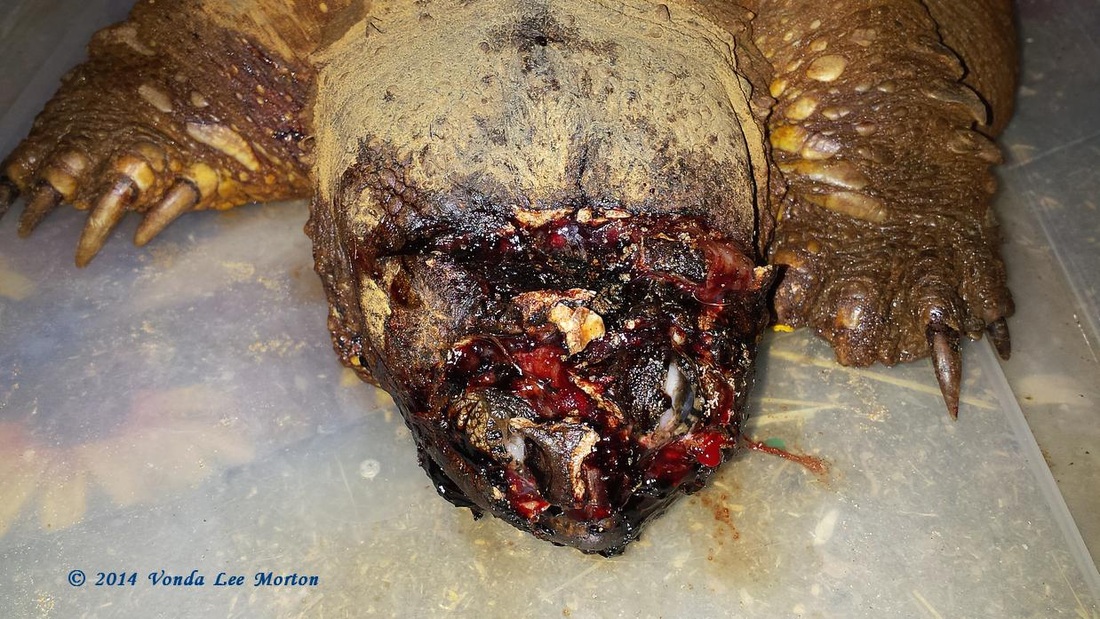

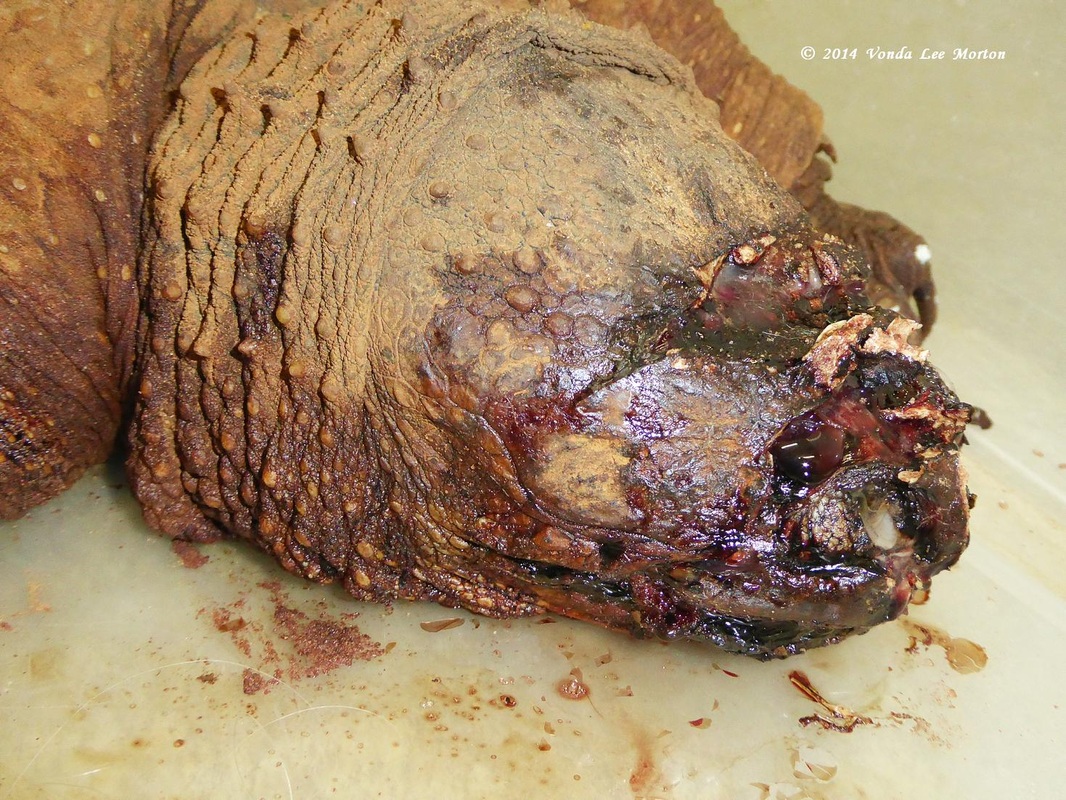
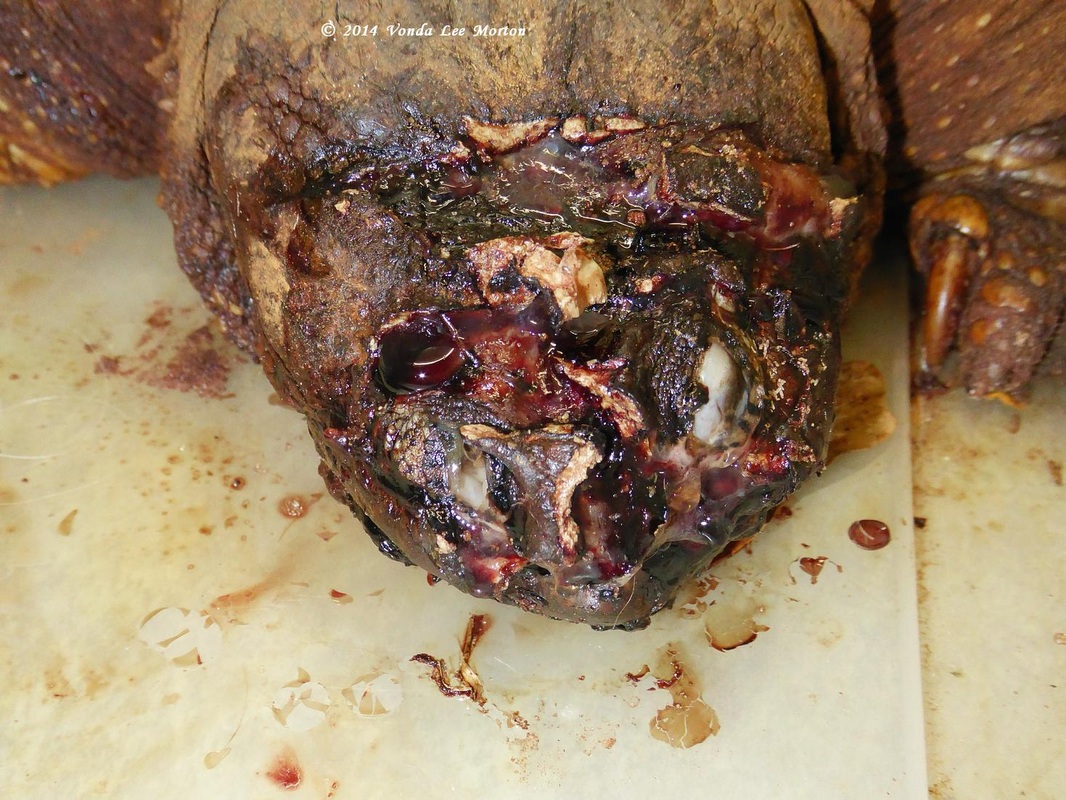


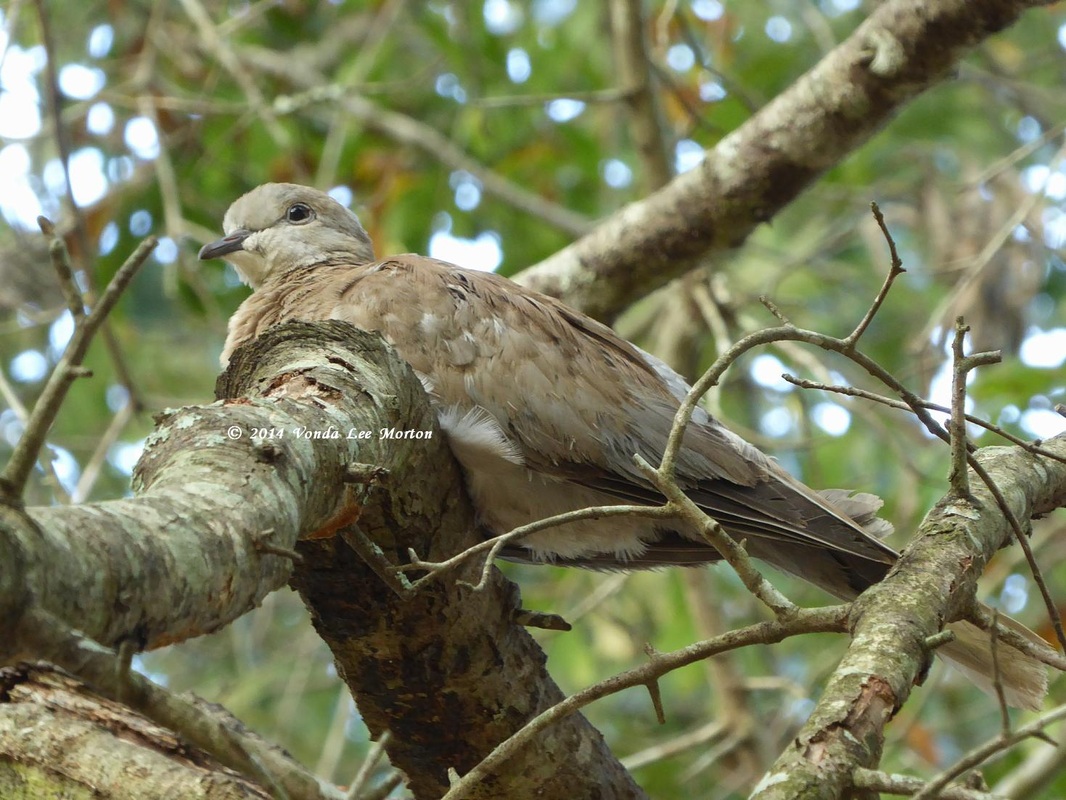

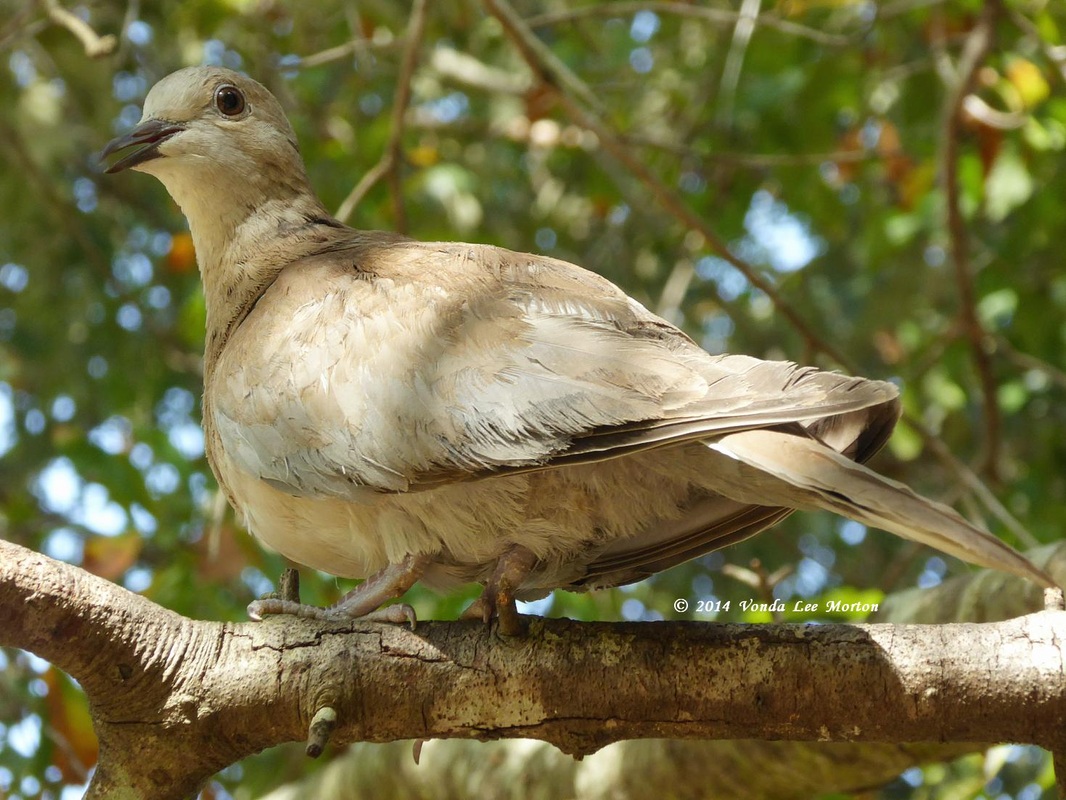
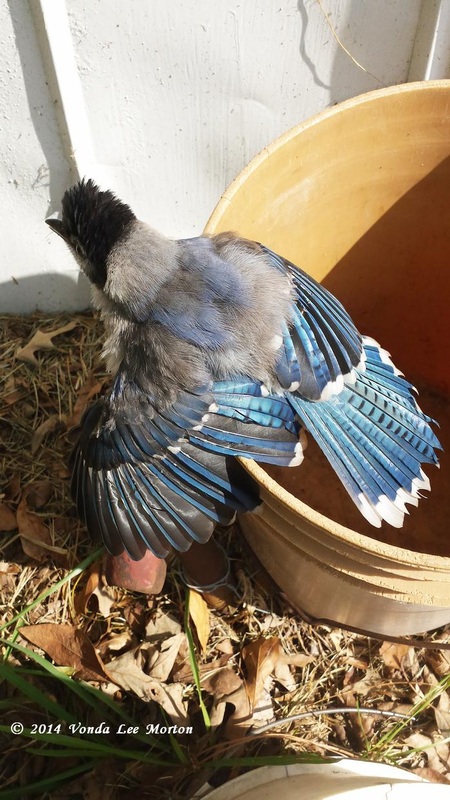
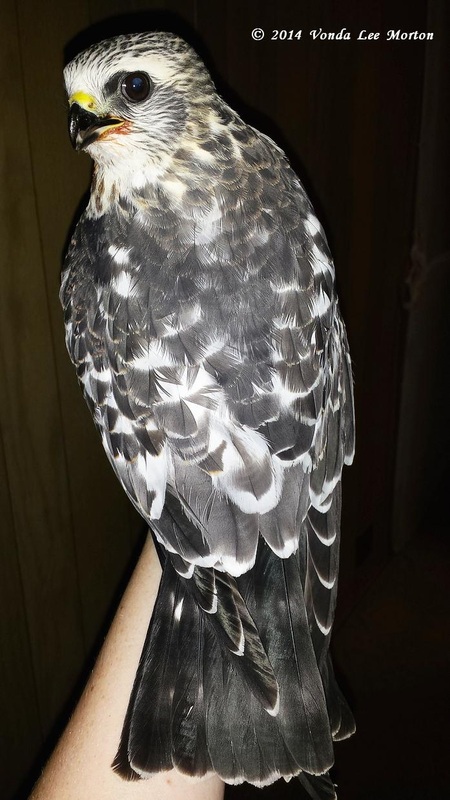
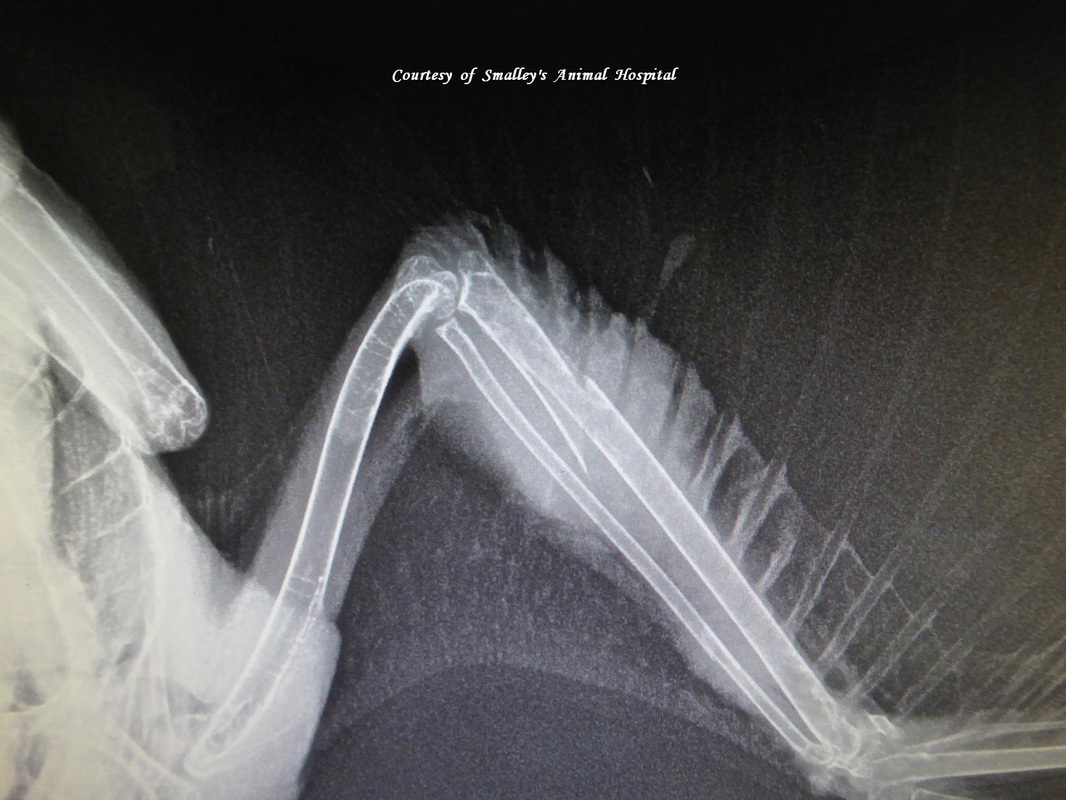
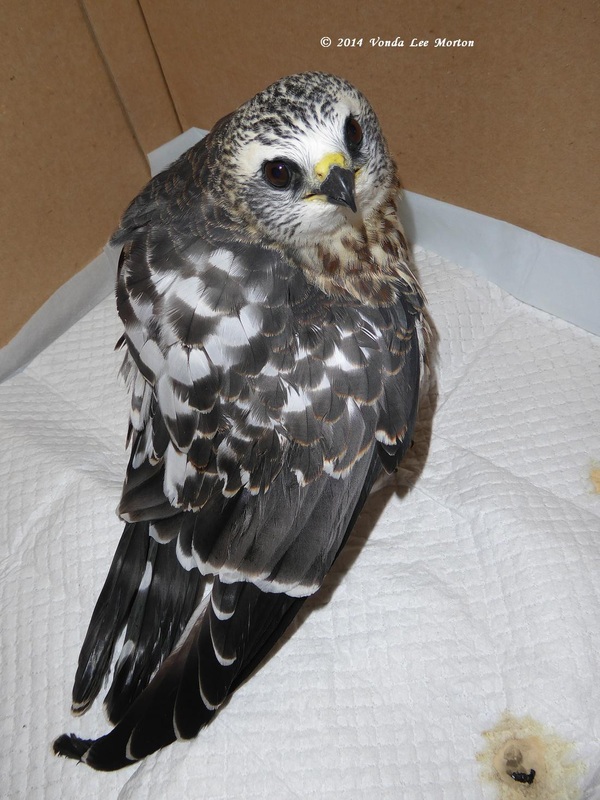
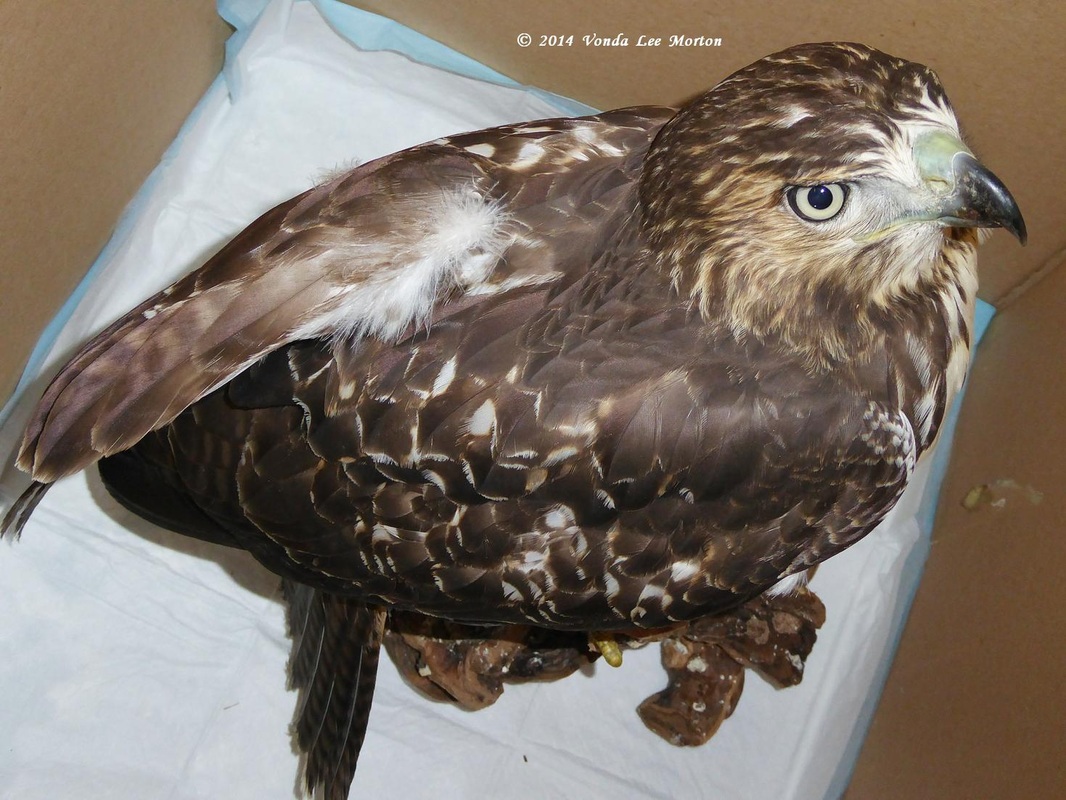
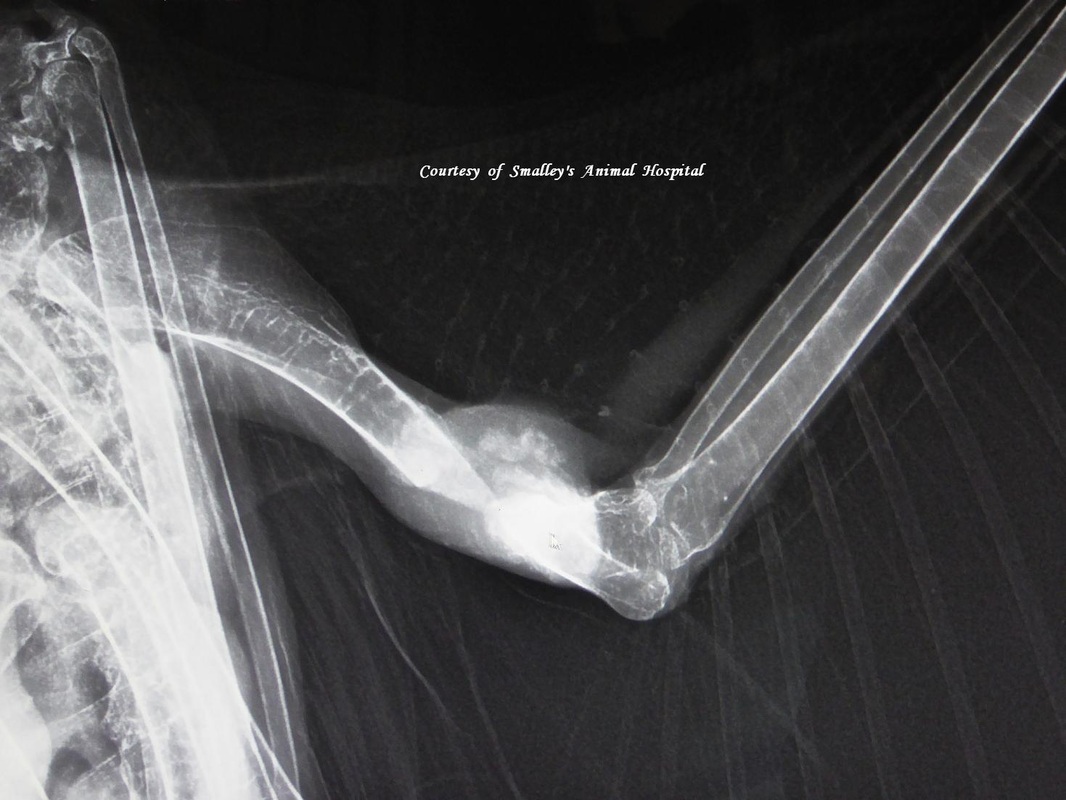
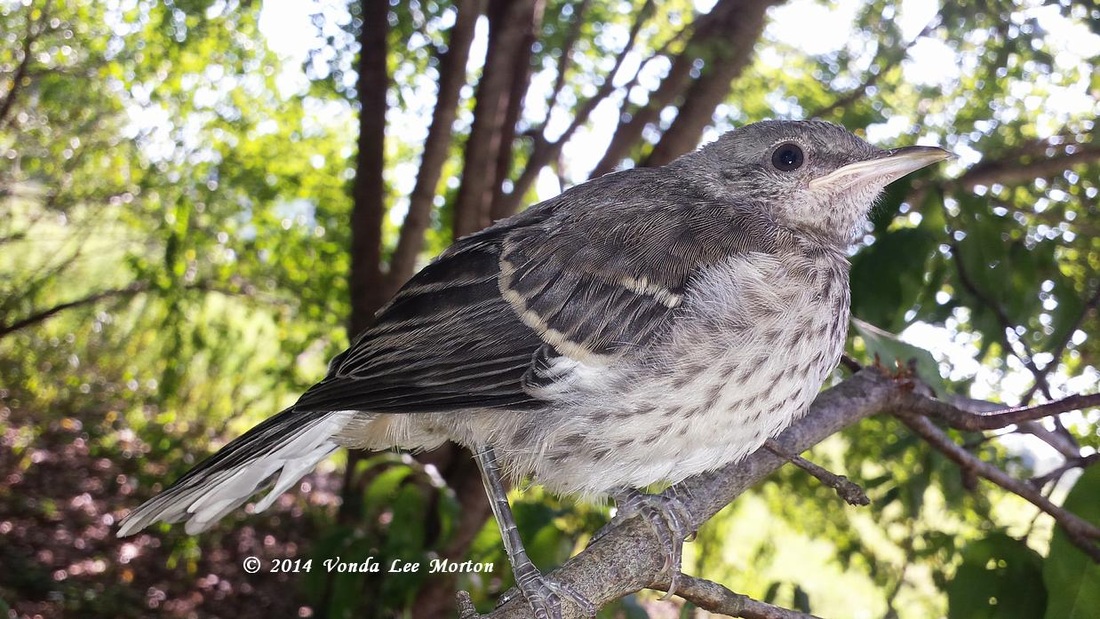
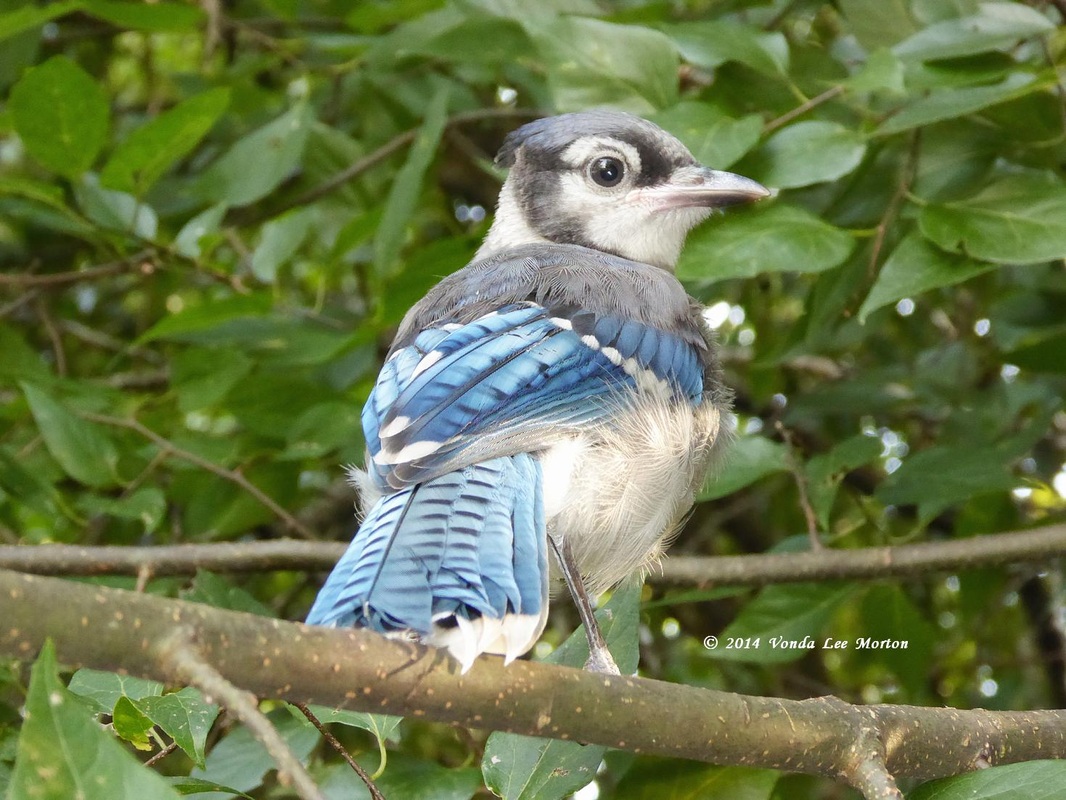
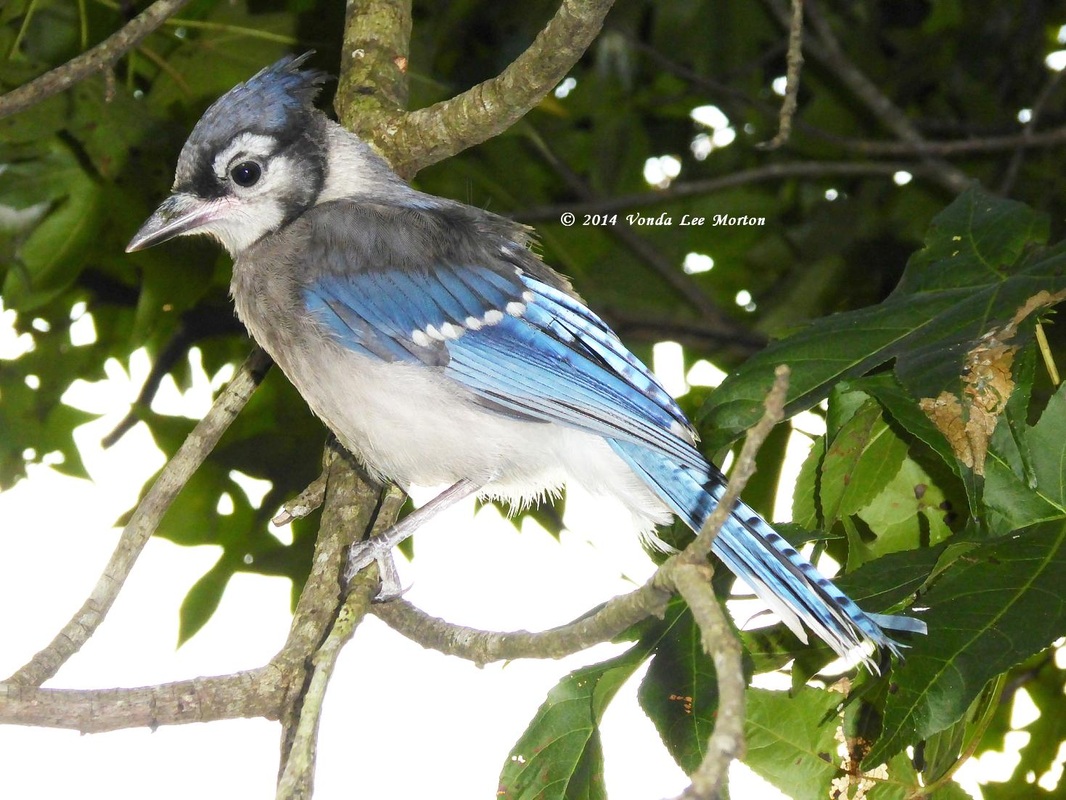
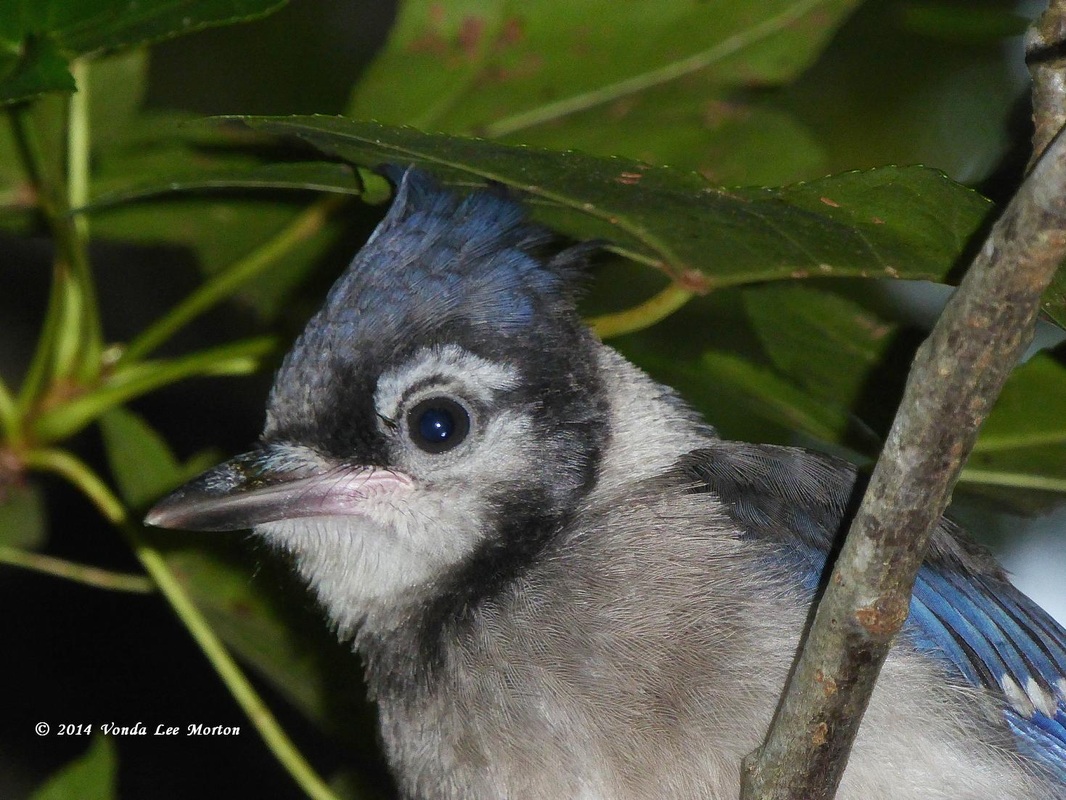
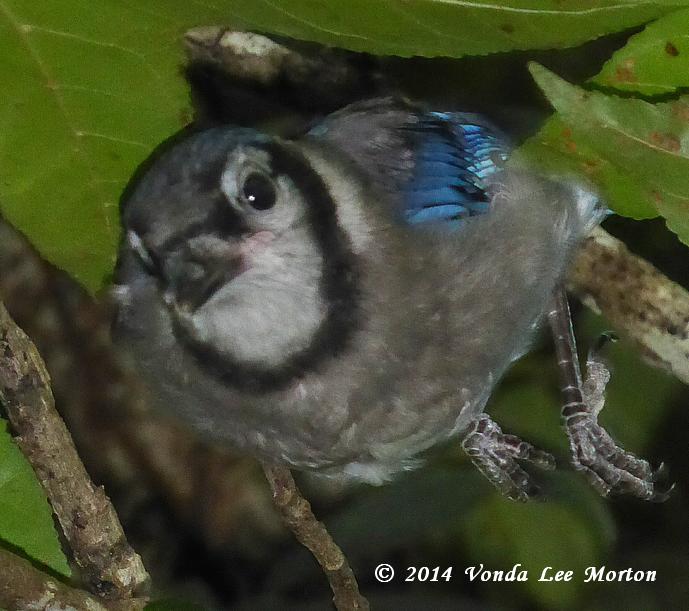
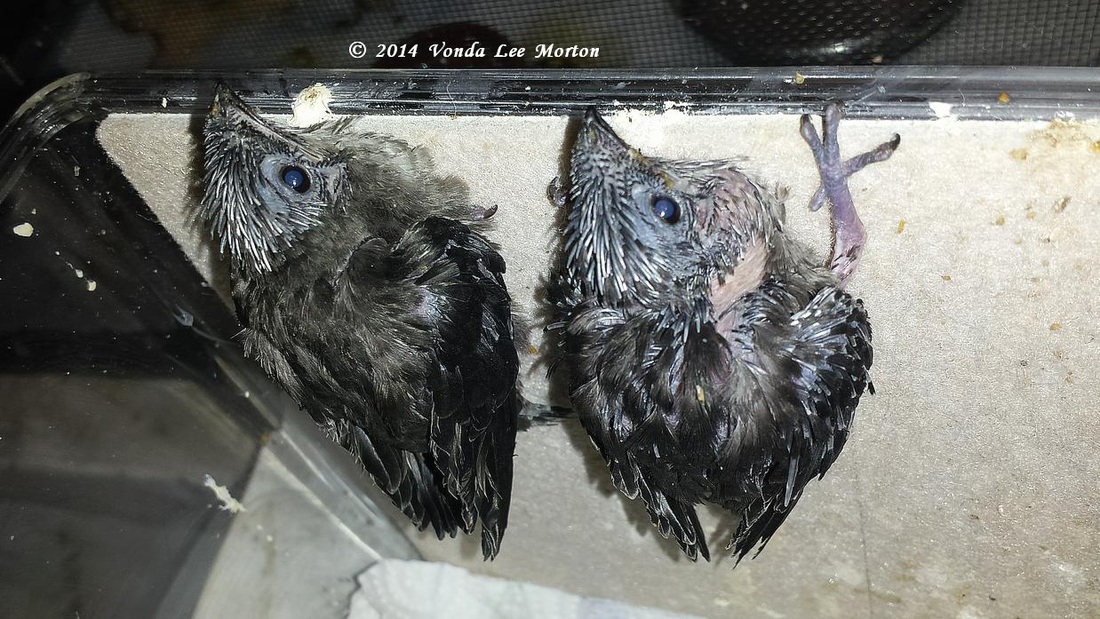
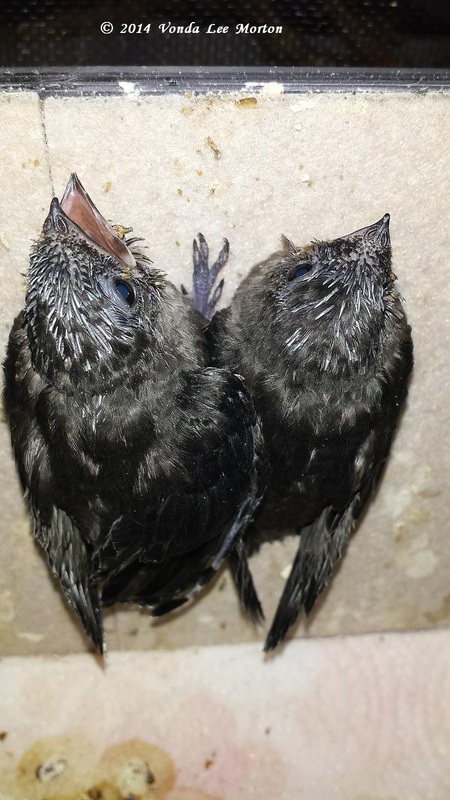
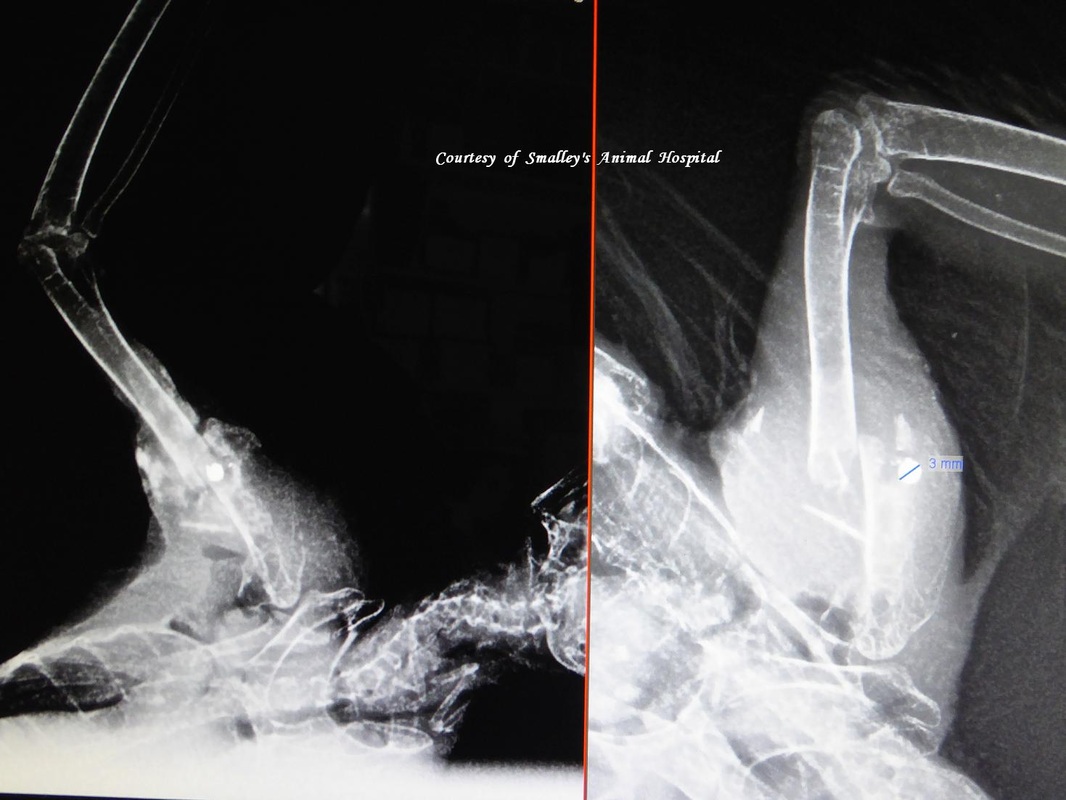
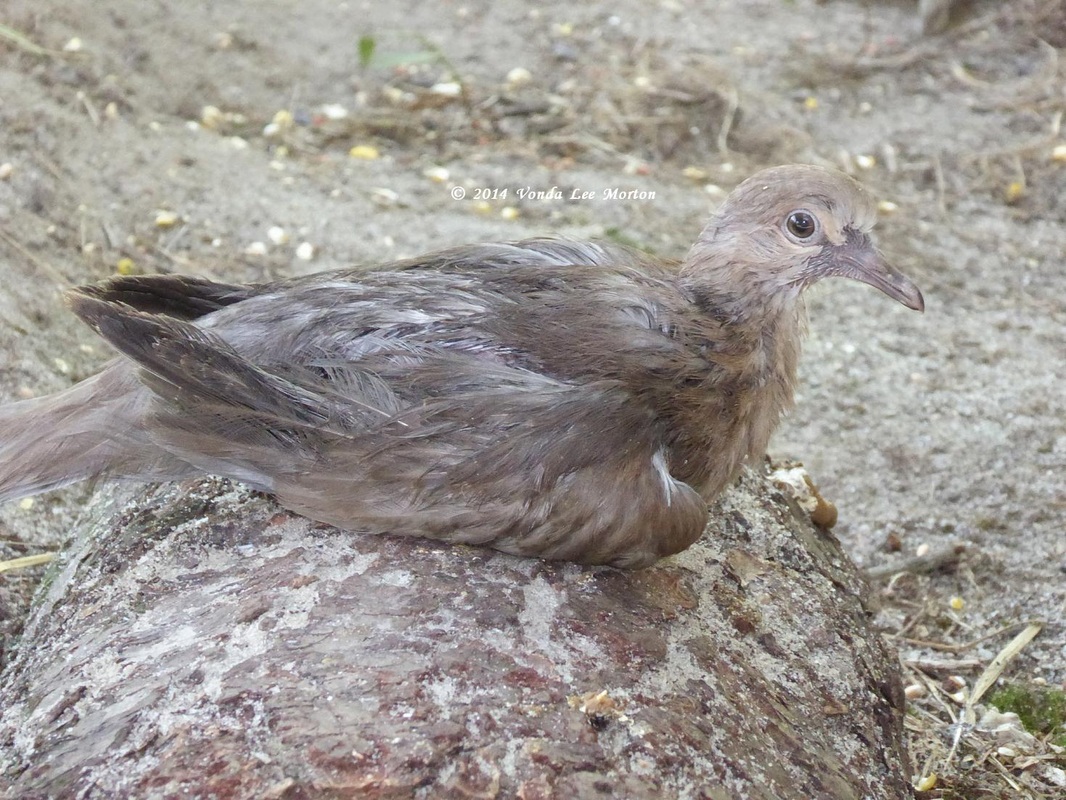
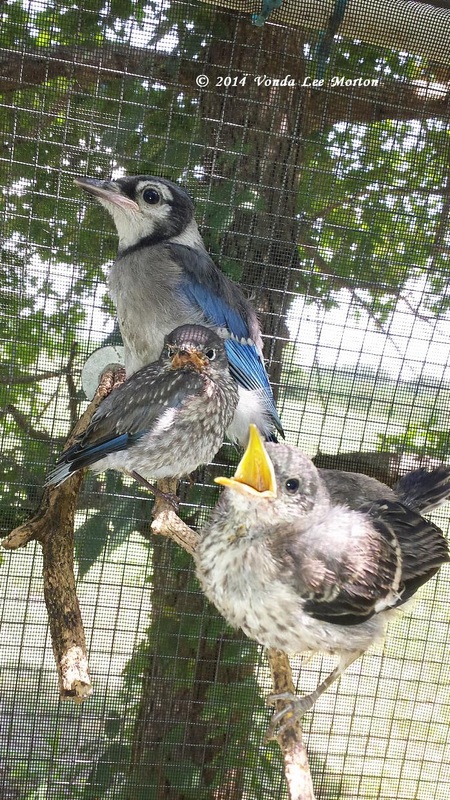
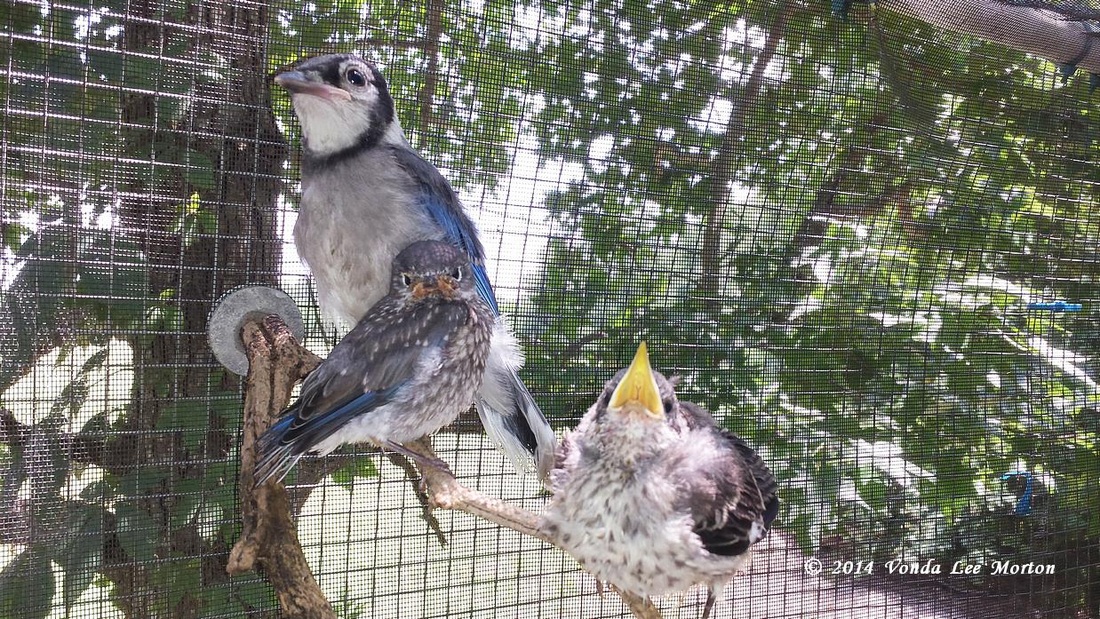
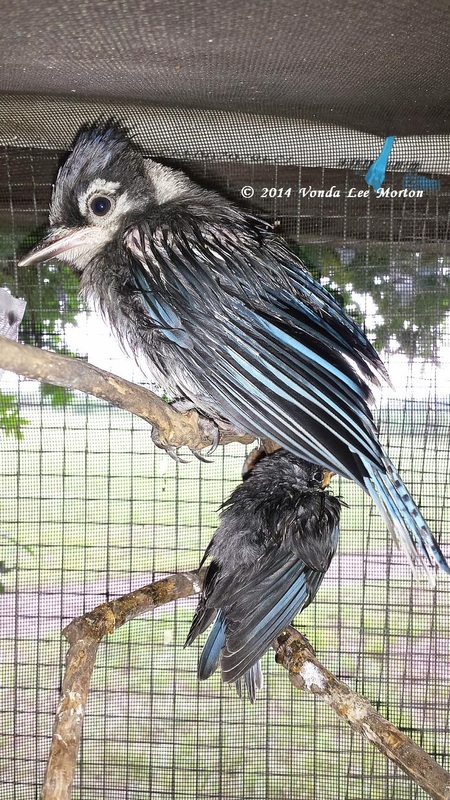
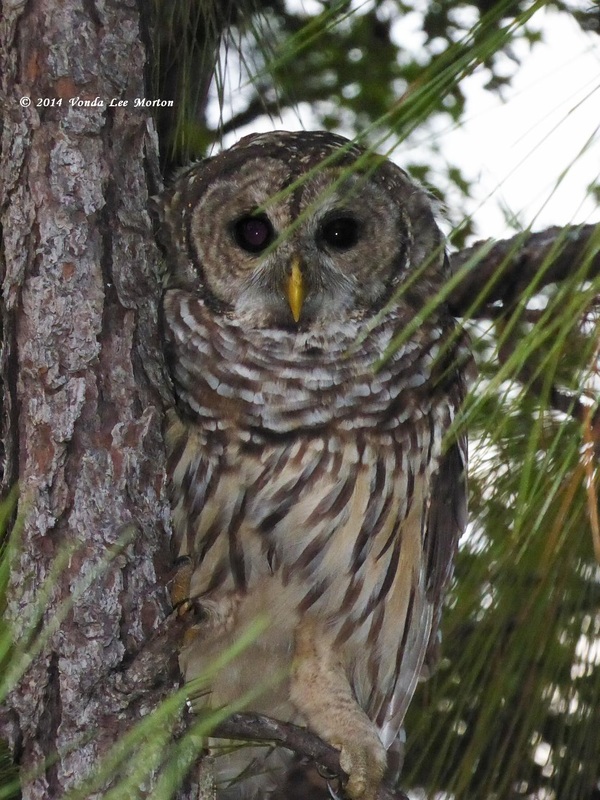

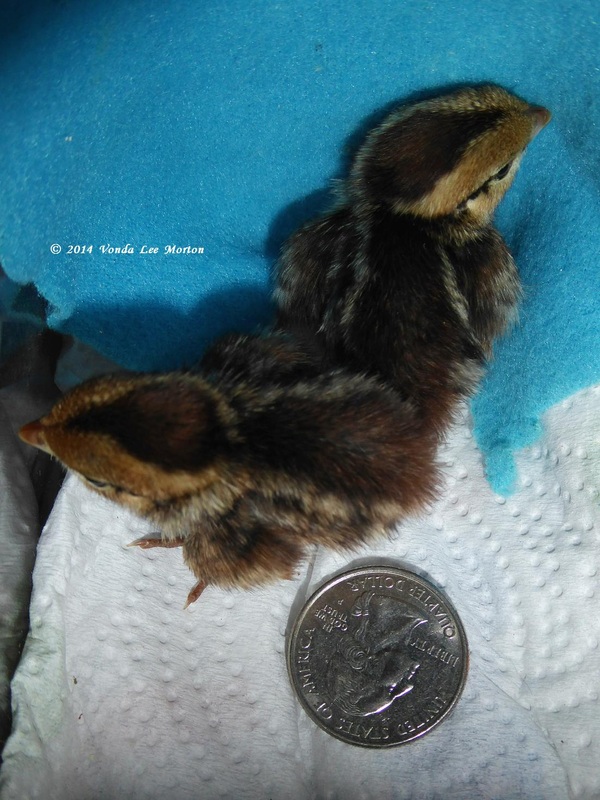
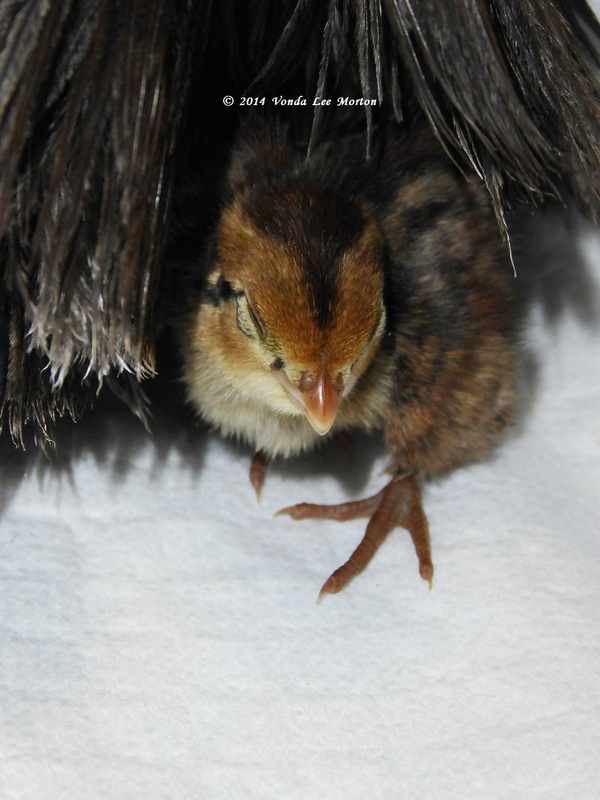
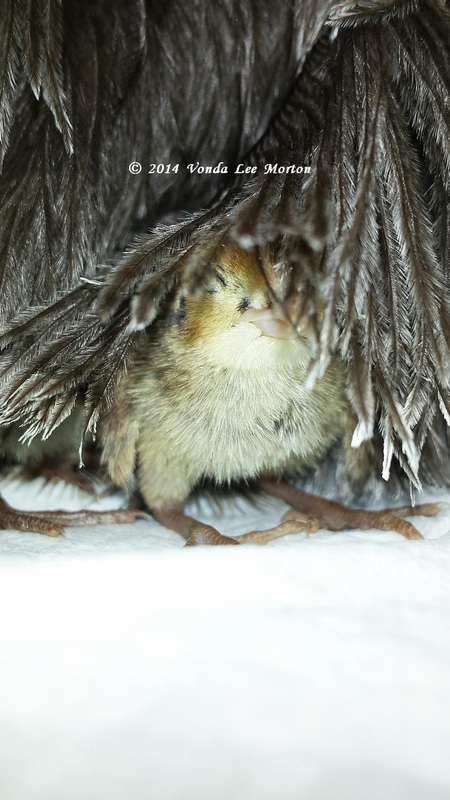
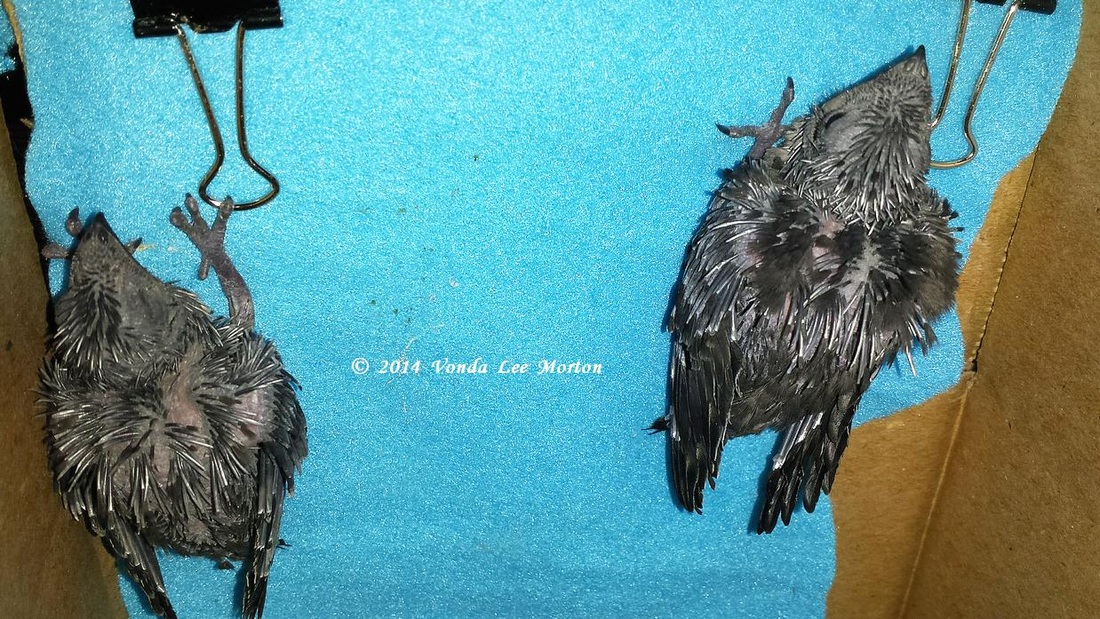
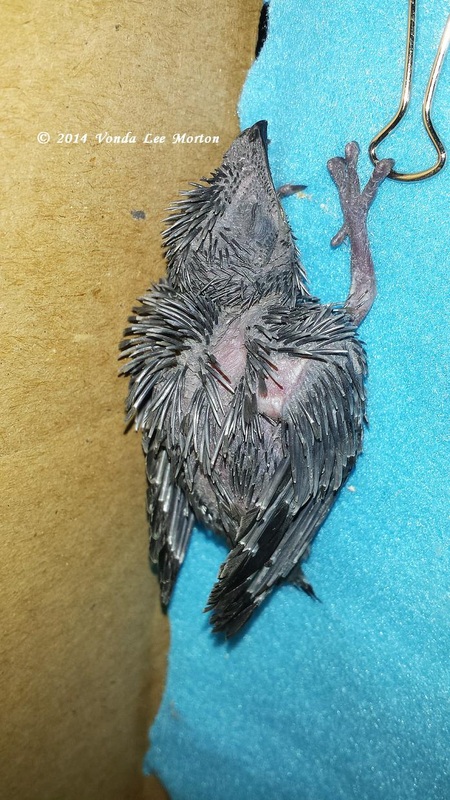
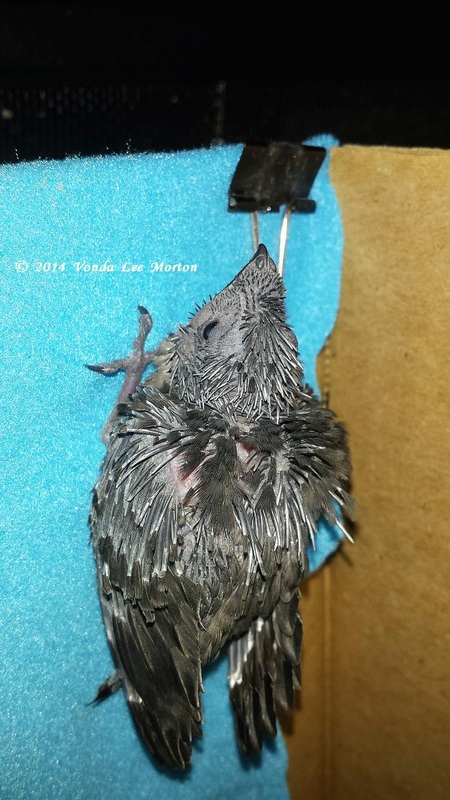
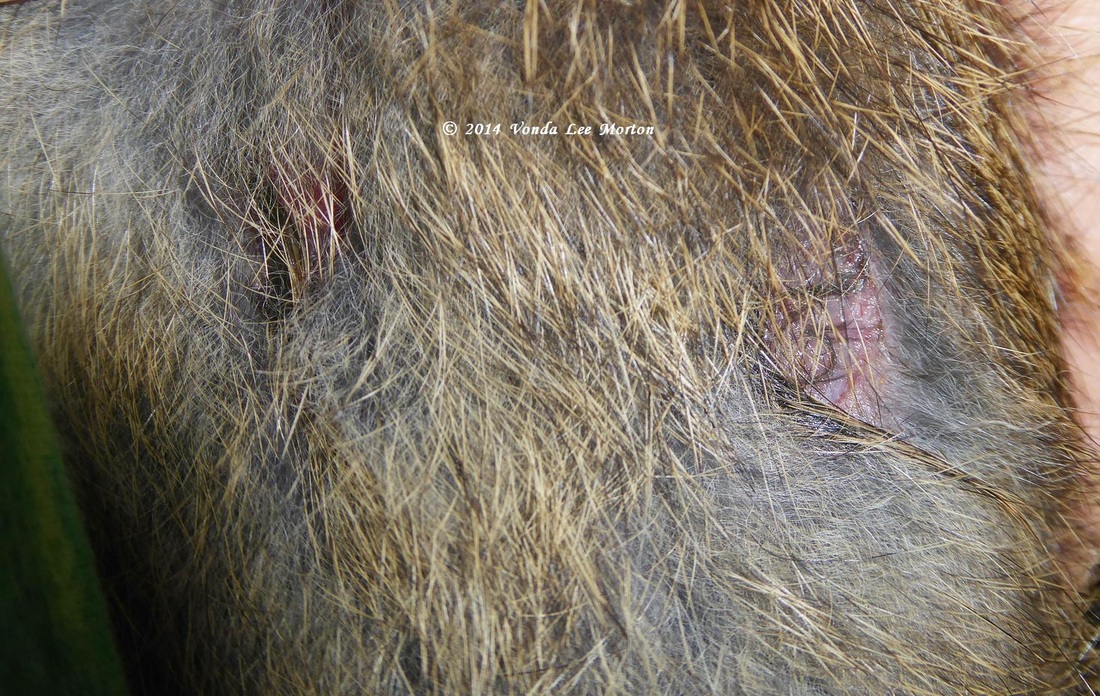
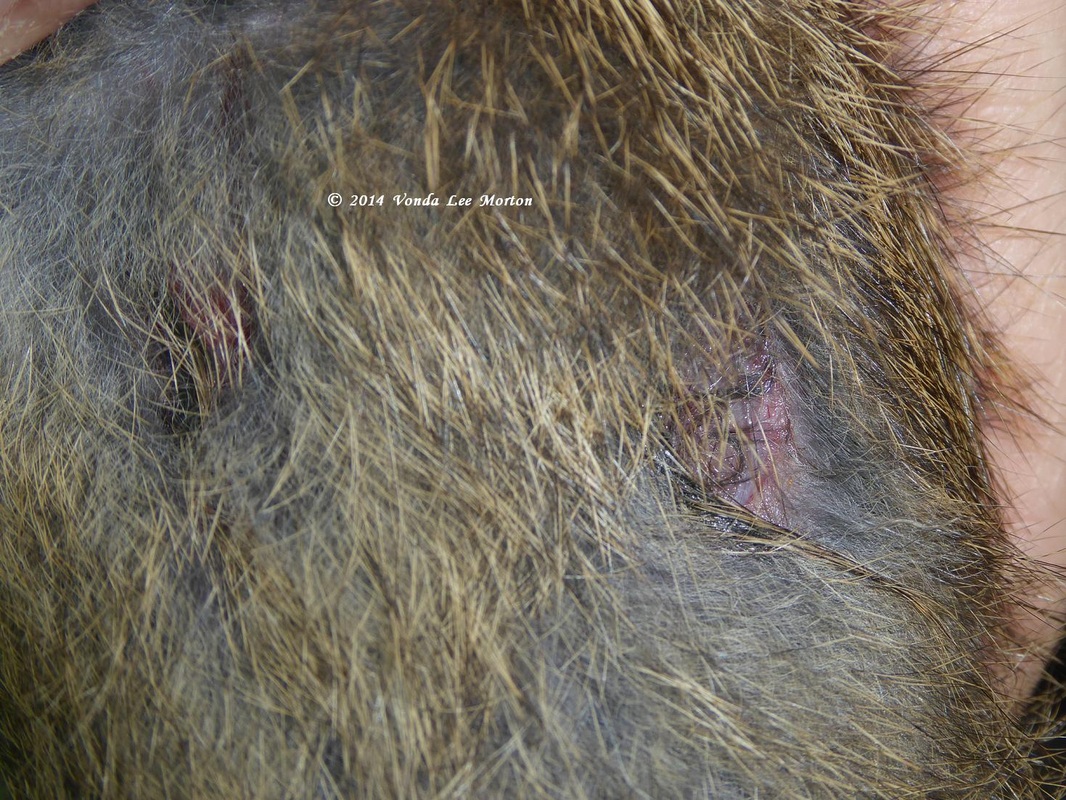
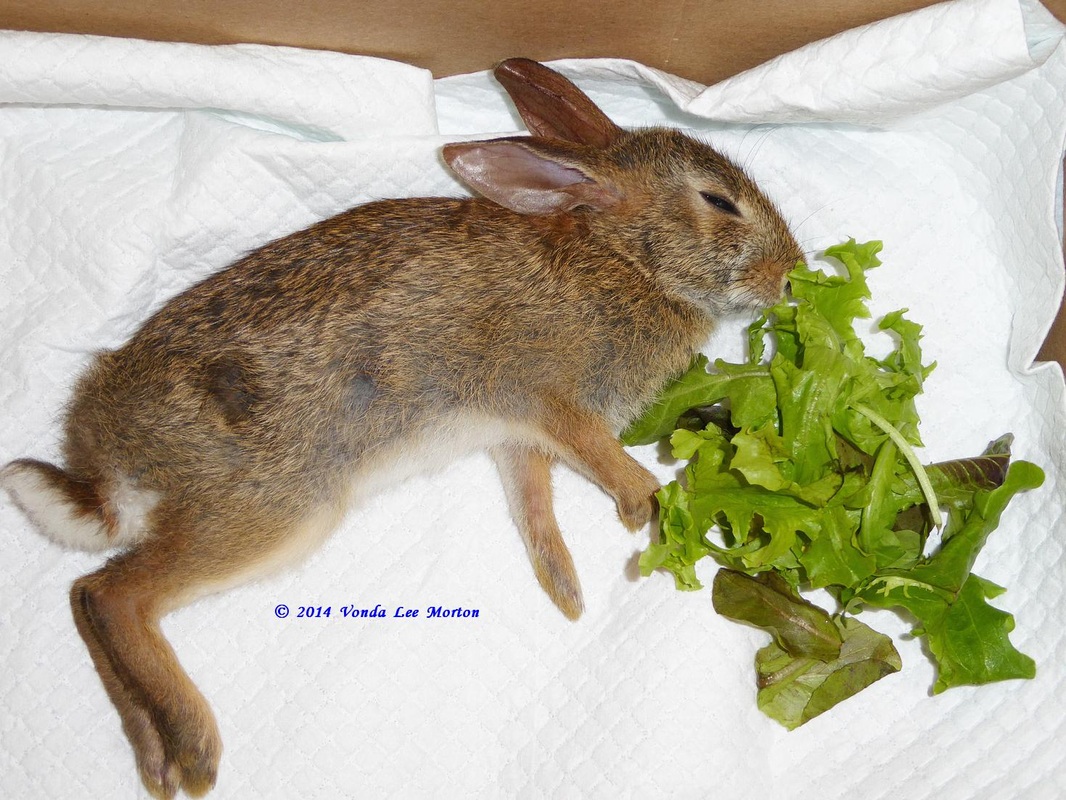
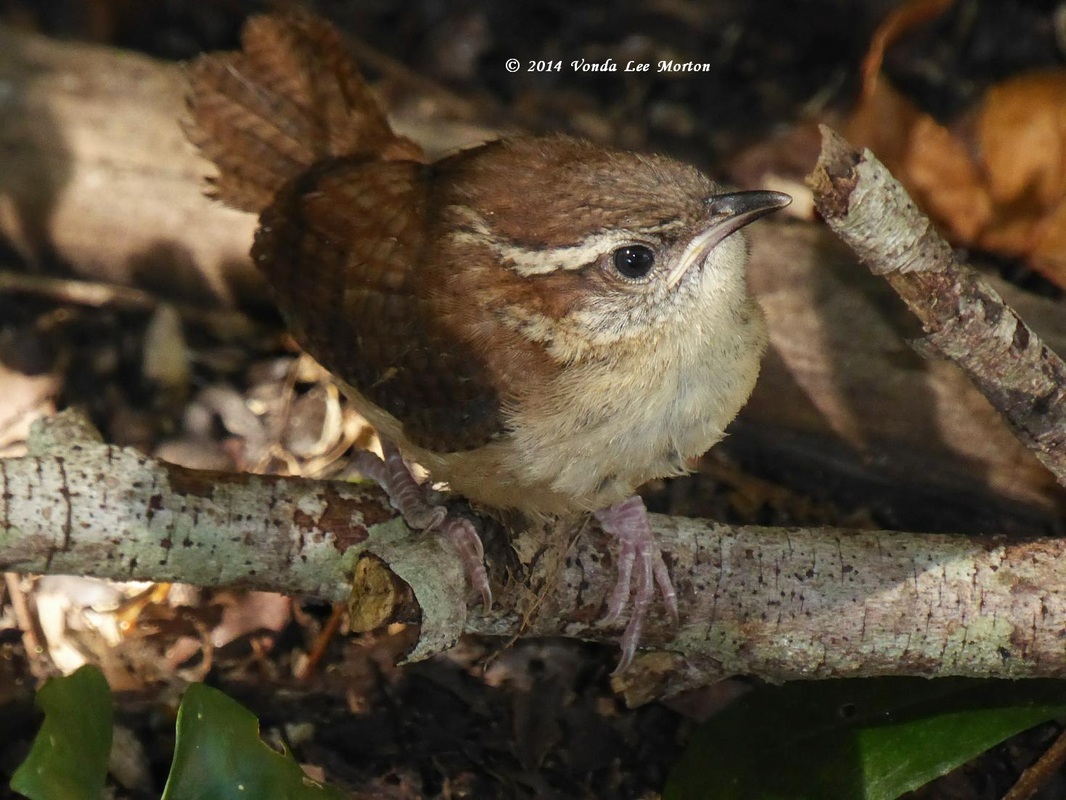
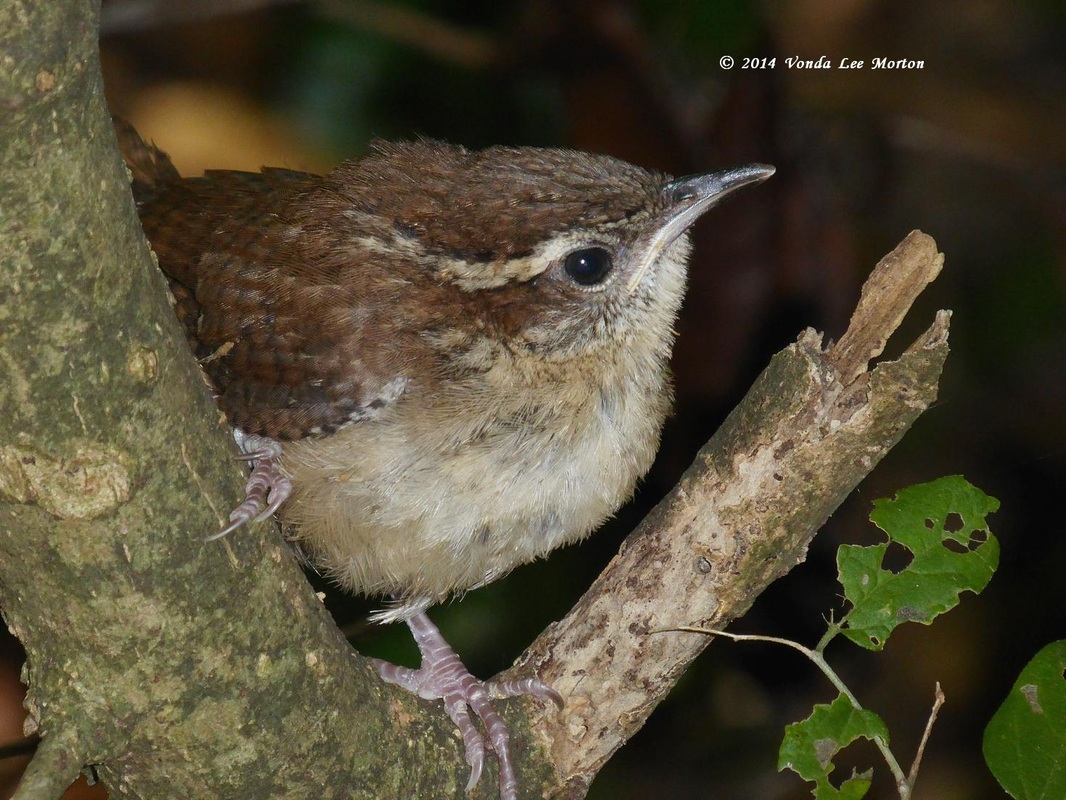
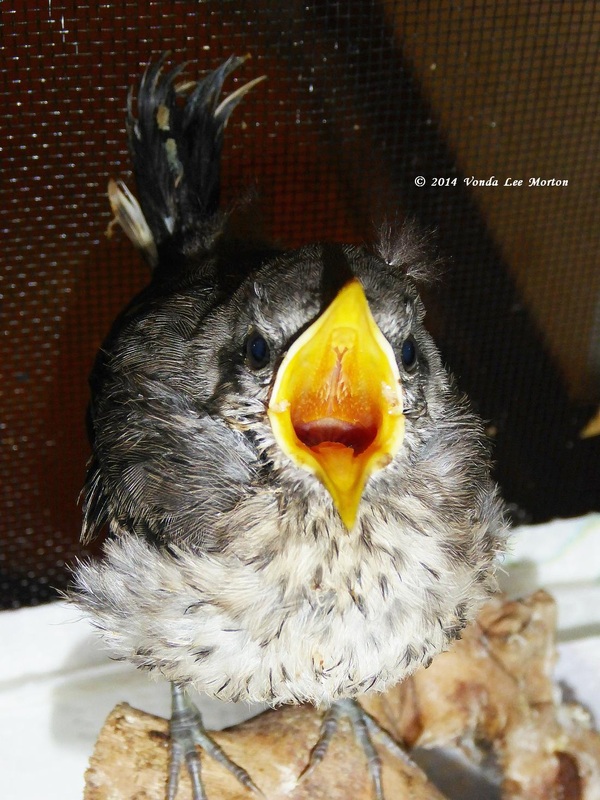
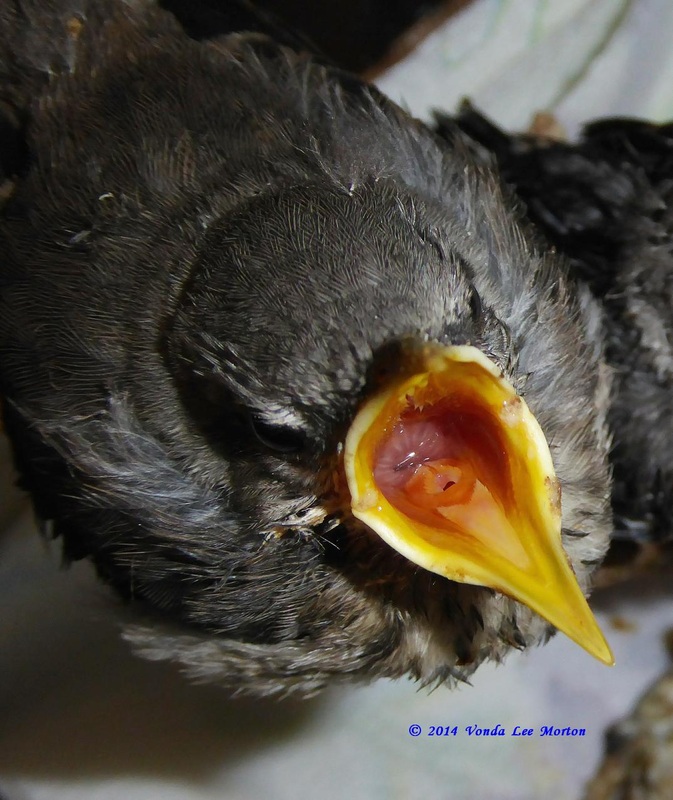
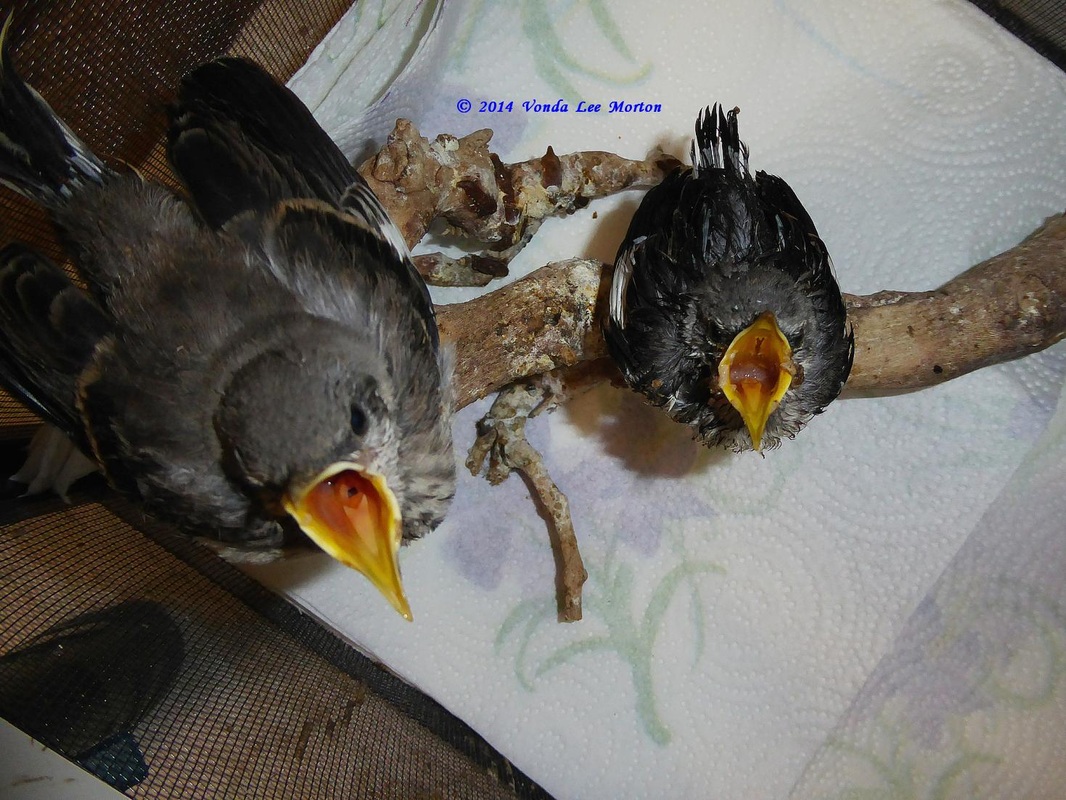
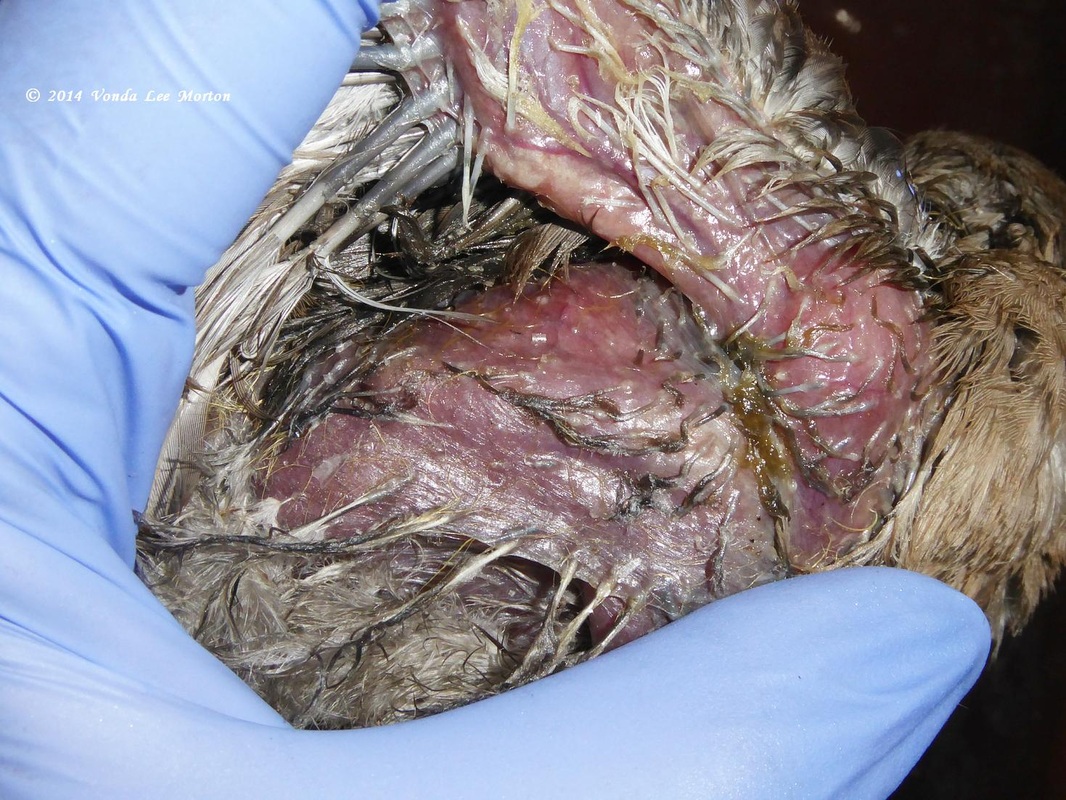
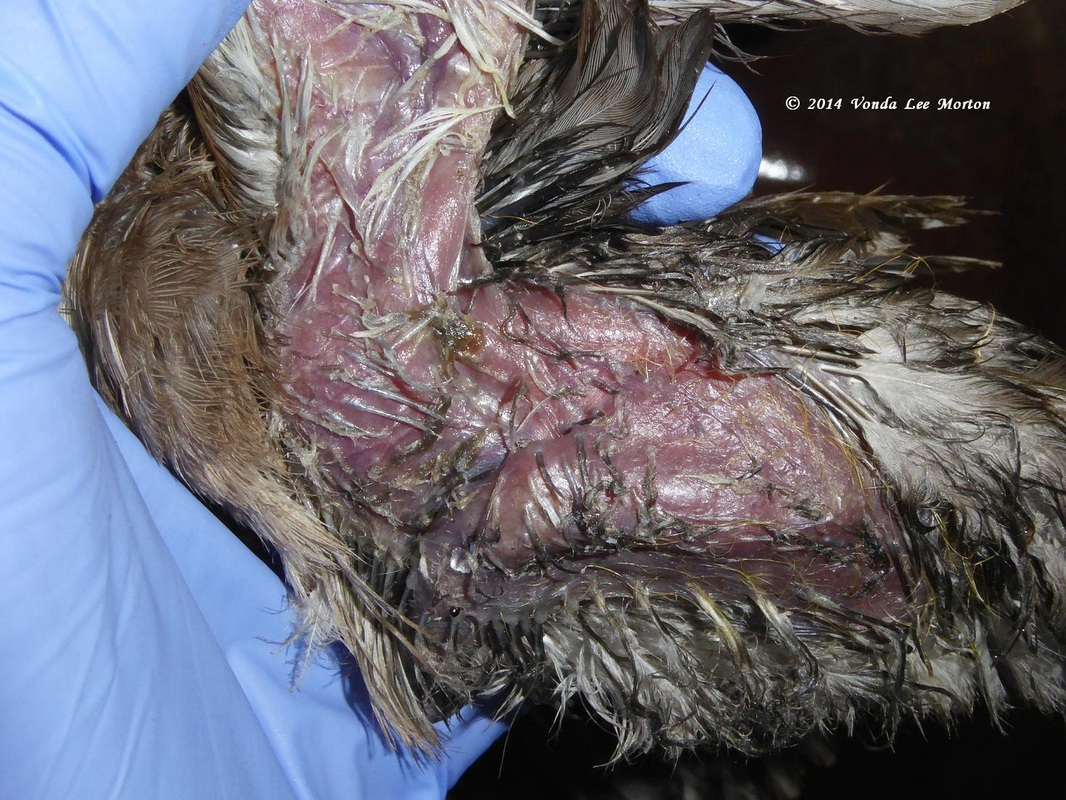
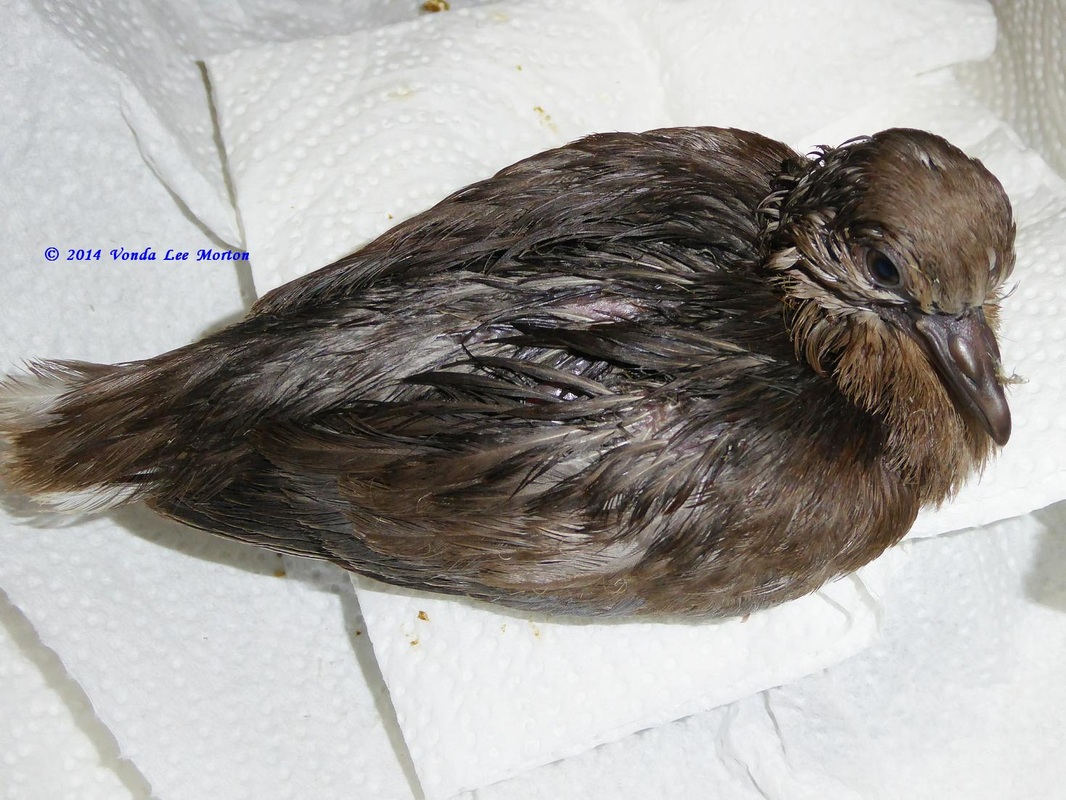
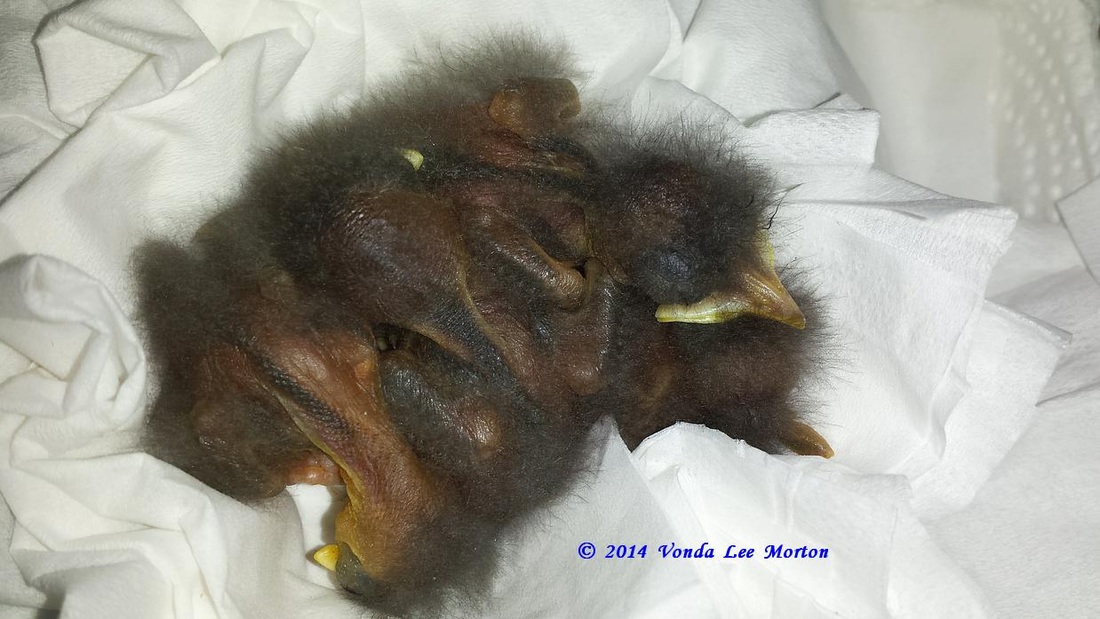
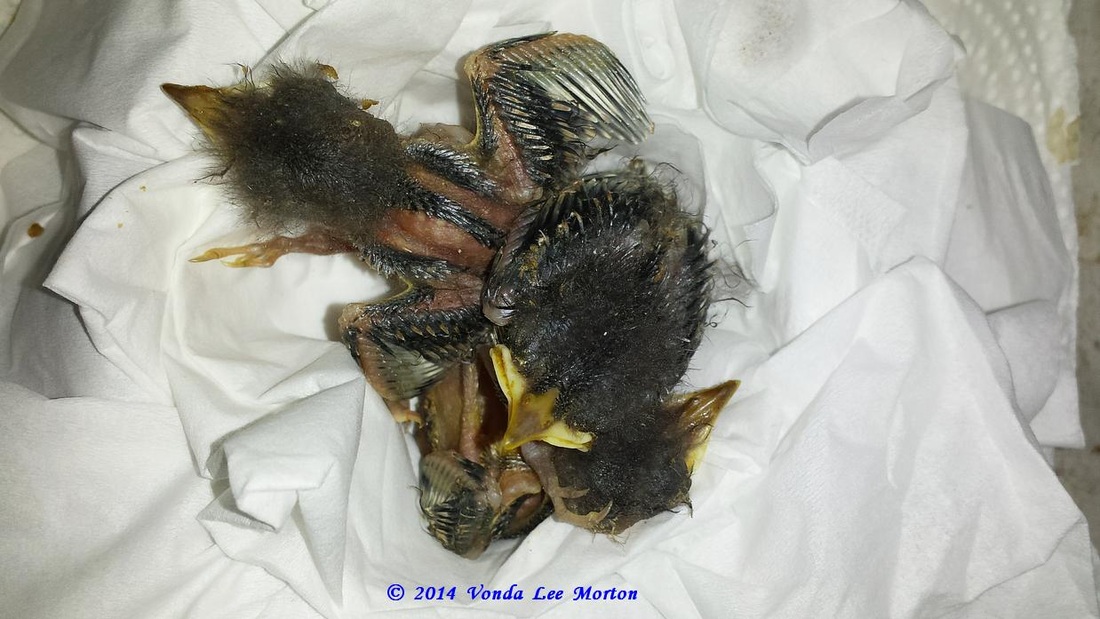
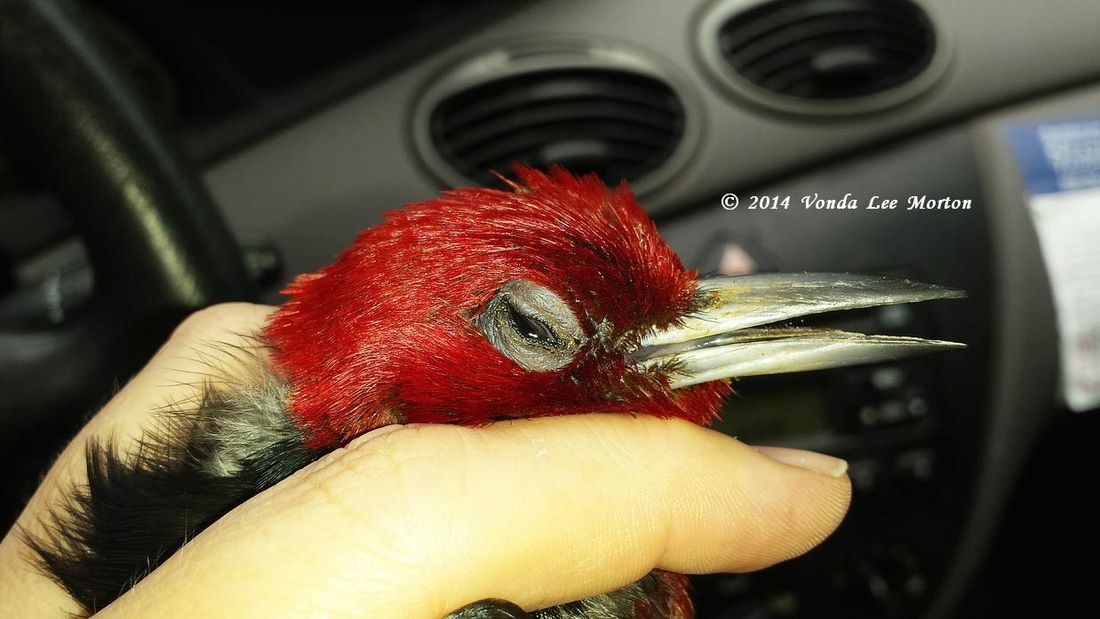

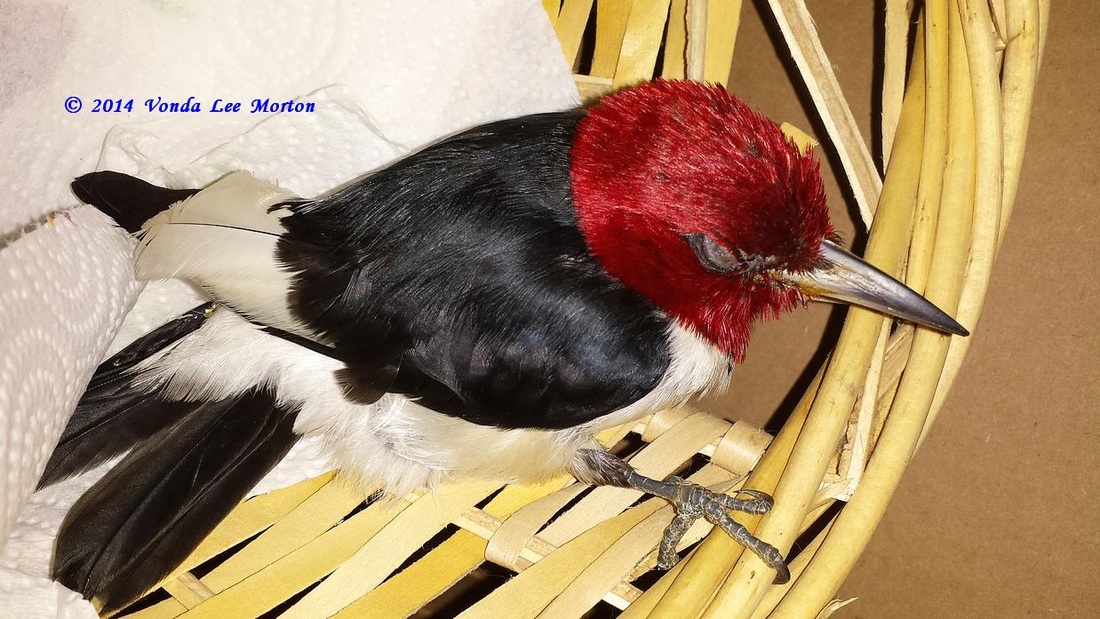
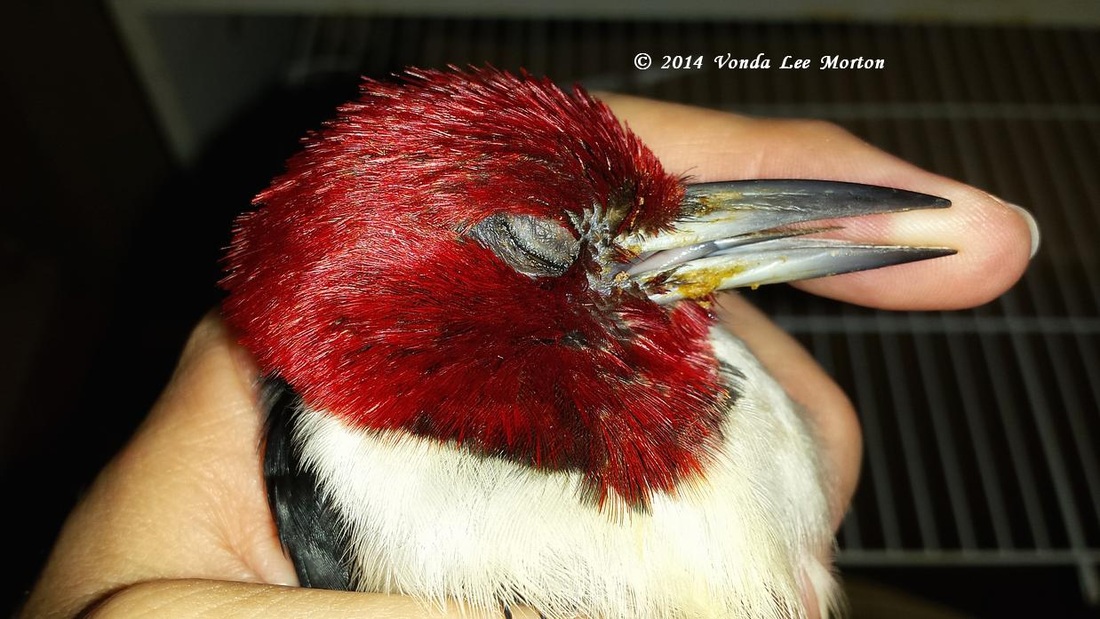
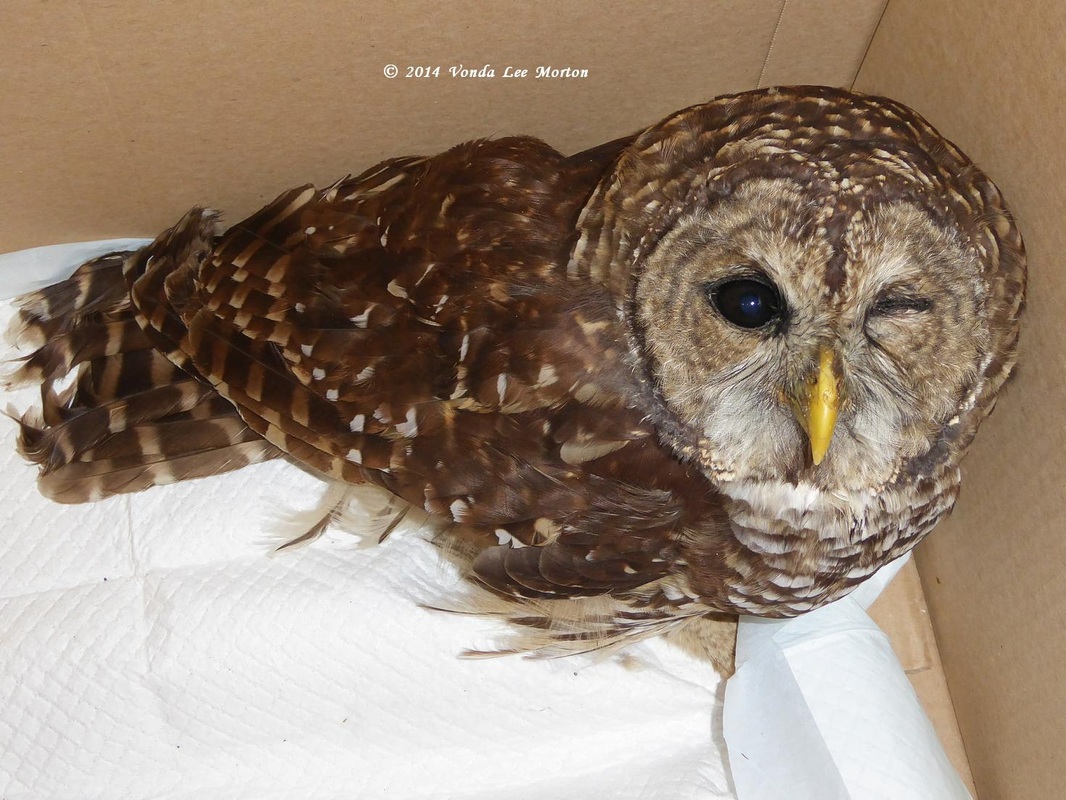
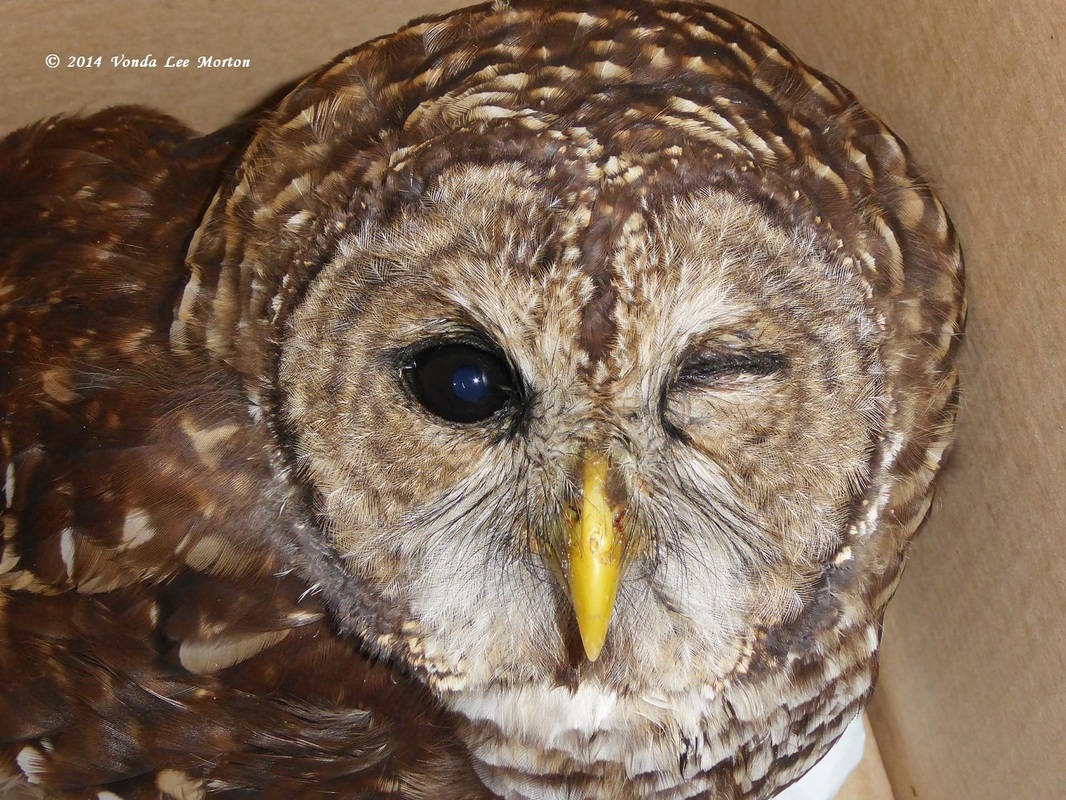
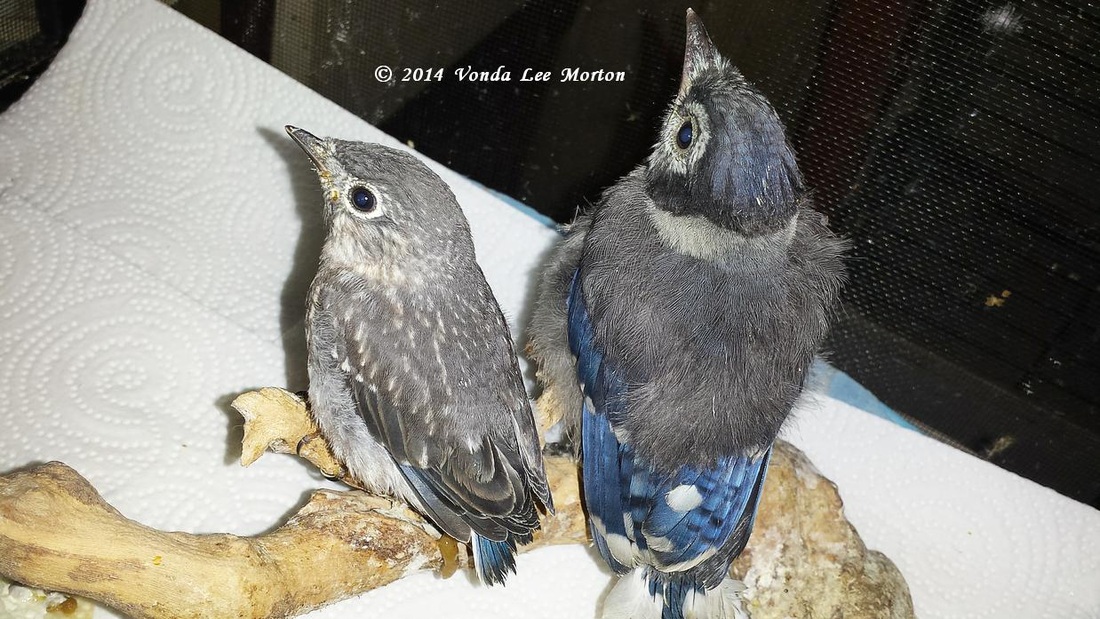
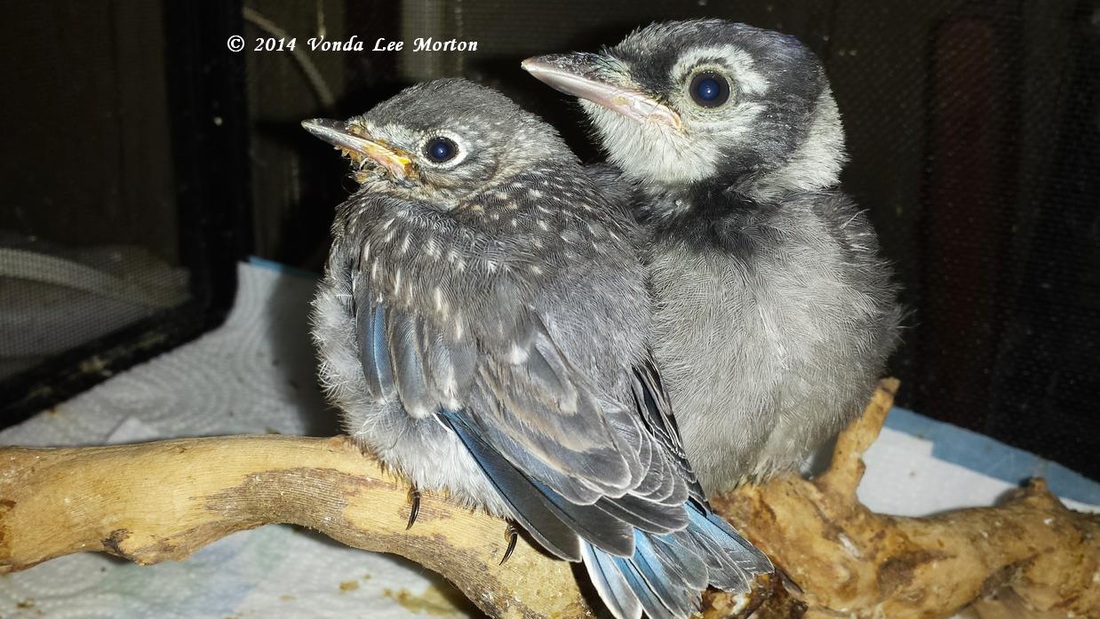

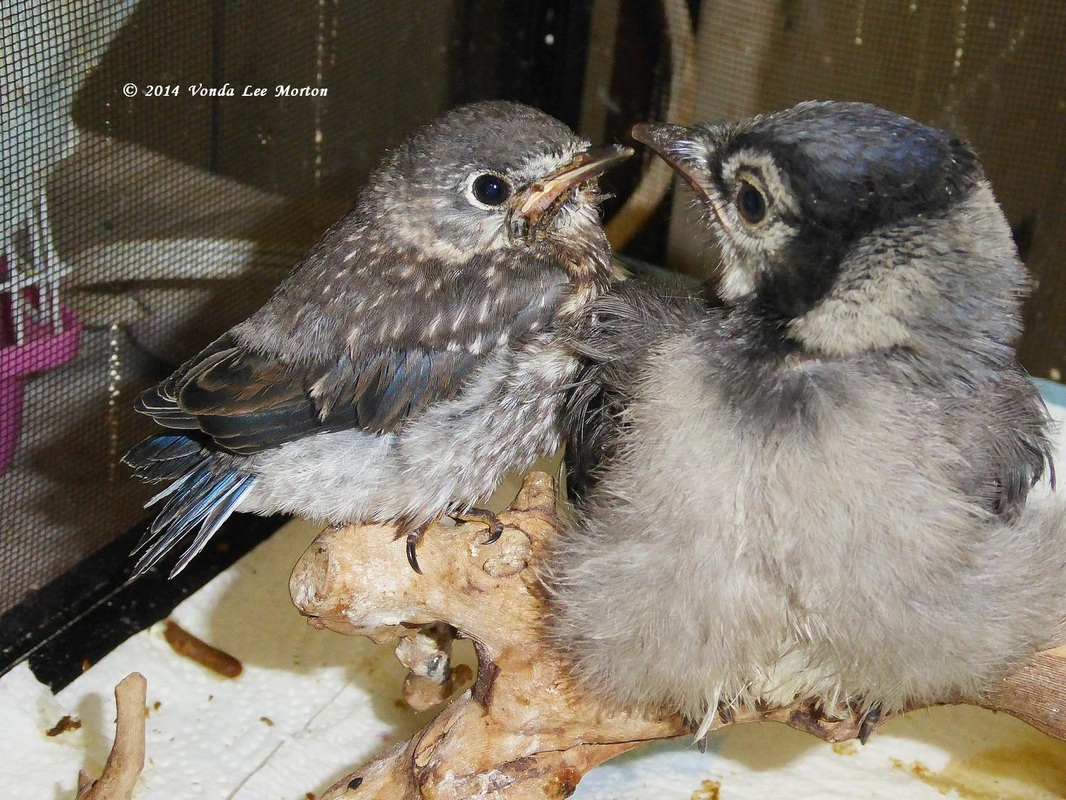
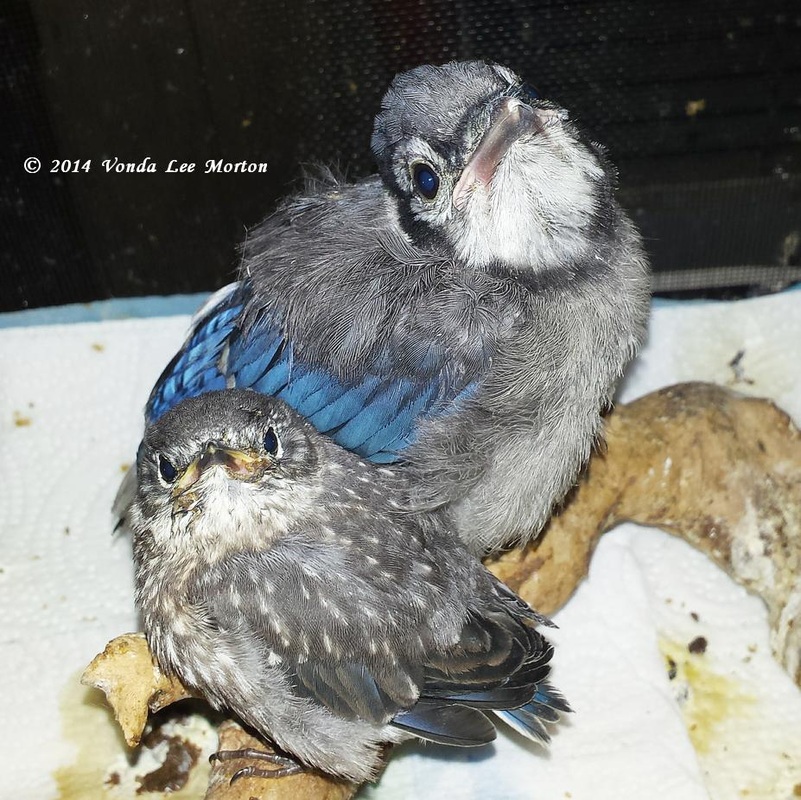
 RSS Feed
RSS Feed
